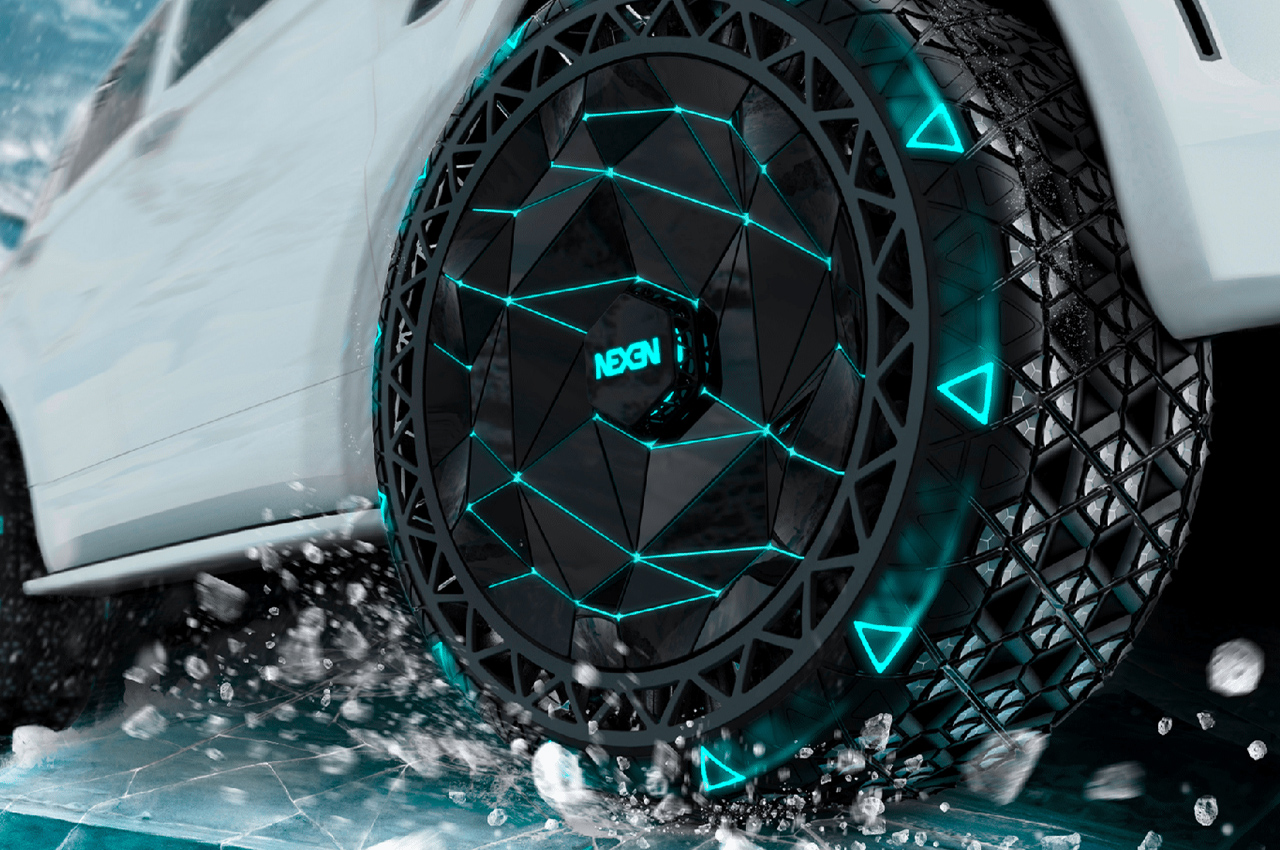
The number of black ice-induced accidents has significantly spiked in the last five years owing to the perils of climate change. Rapid urbanization has also played its part in extreme weather events, and more instances of black ice forming on curved roads and bridges, thereby increasing the risk of fatalities when there’s no grip for vehicles to drive properly.
Unlike snow roads which are visible to the naked eye, black ice is indistinguishable from normal road conditions which makes it laden with danger at every corner. The only solution, to stay away from harm’s way is to put on a set of tires with spikes or put on tire chains. CONQUEROR tire designed in collaboration with the Nexen Tire Corporation (a world-leading South Korean tire maker) wants to change this, reducing the danger element to negligible.
Designer: Yuchan Ahn, HoChul Shin, Eunseok Seo and Korea Design Membership
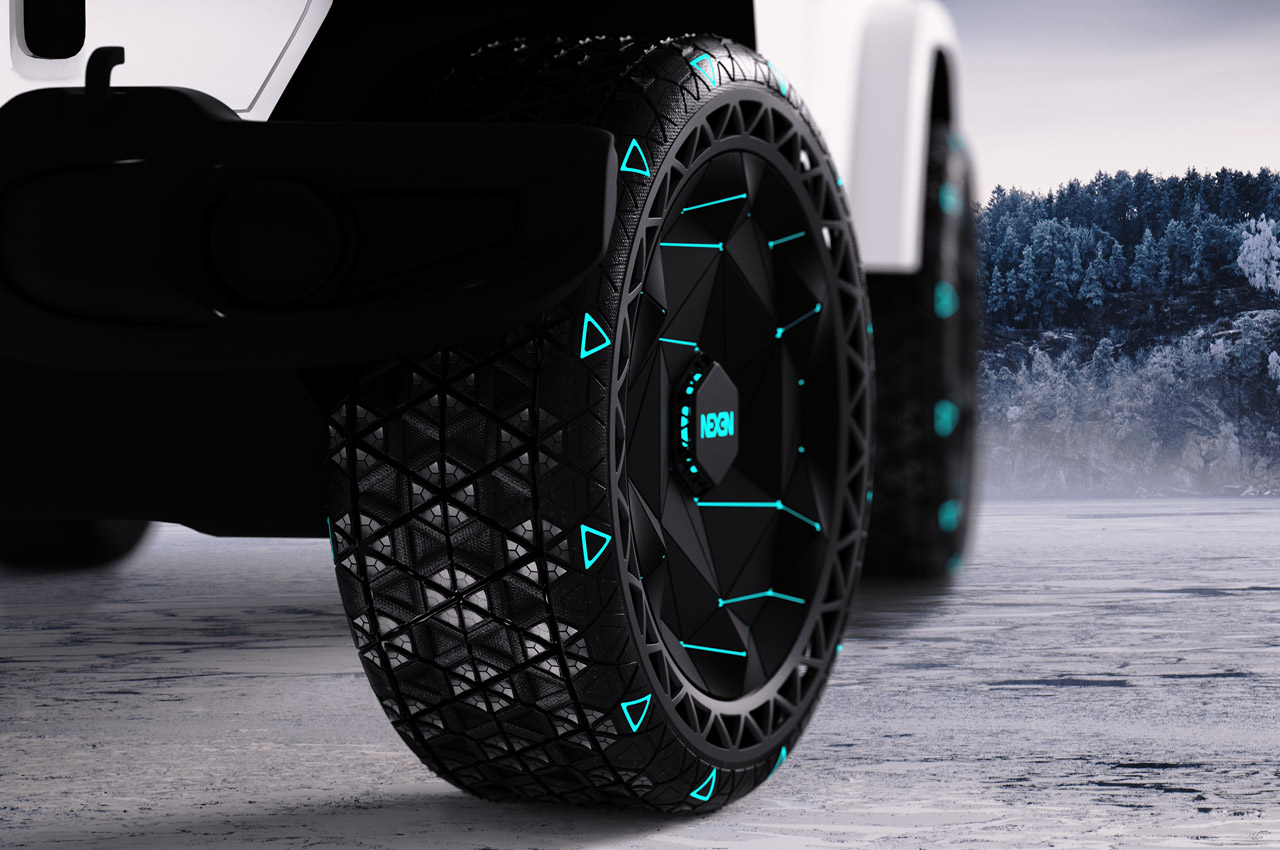
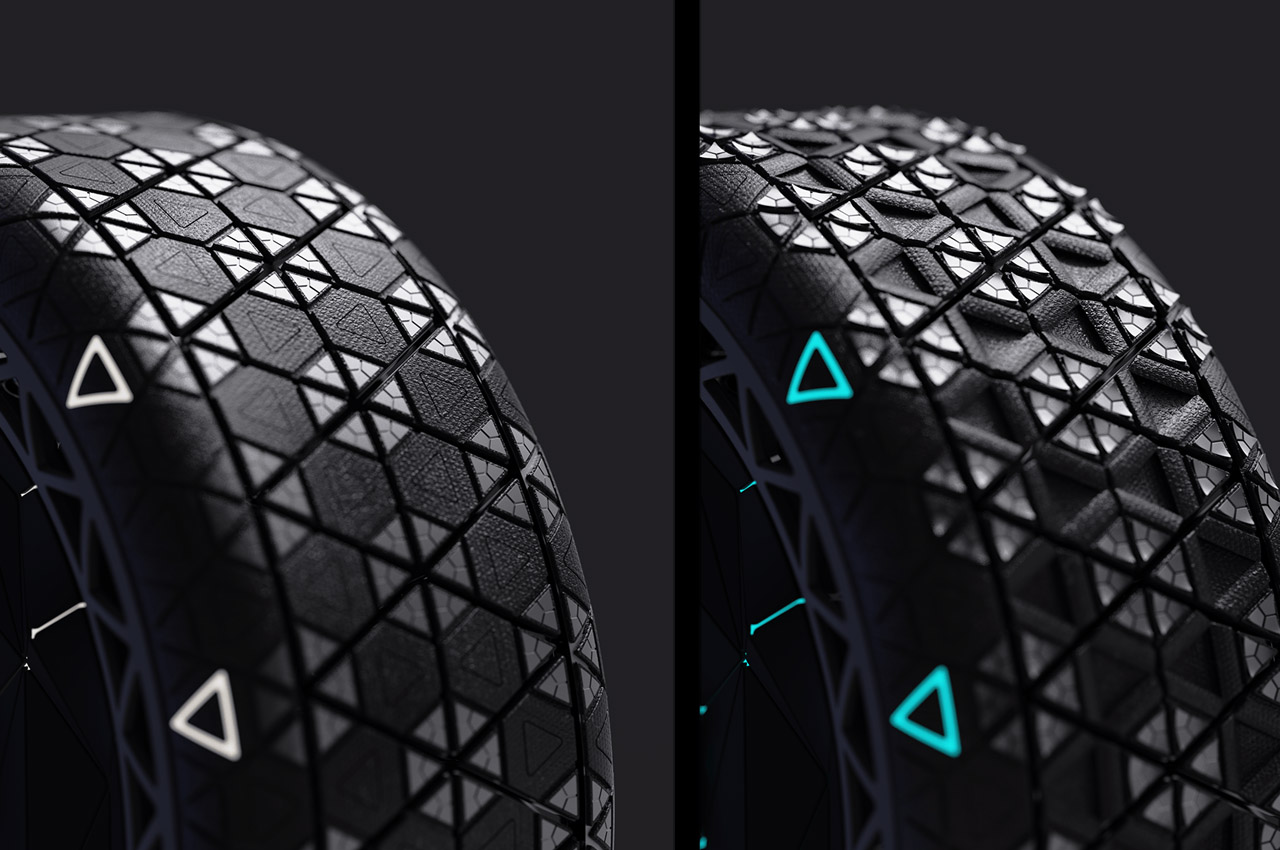
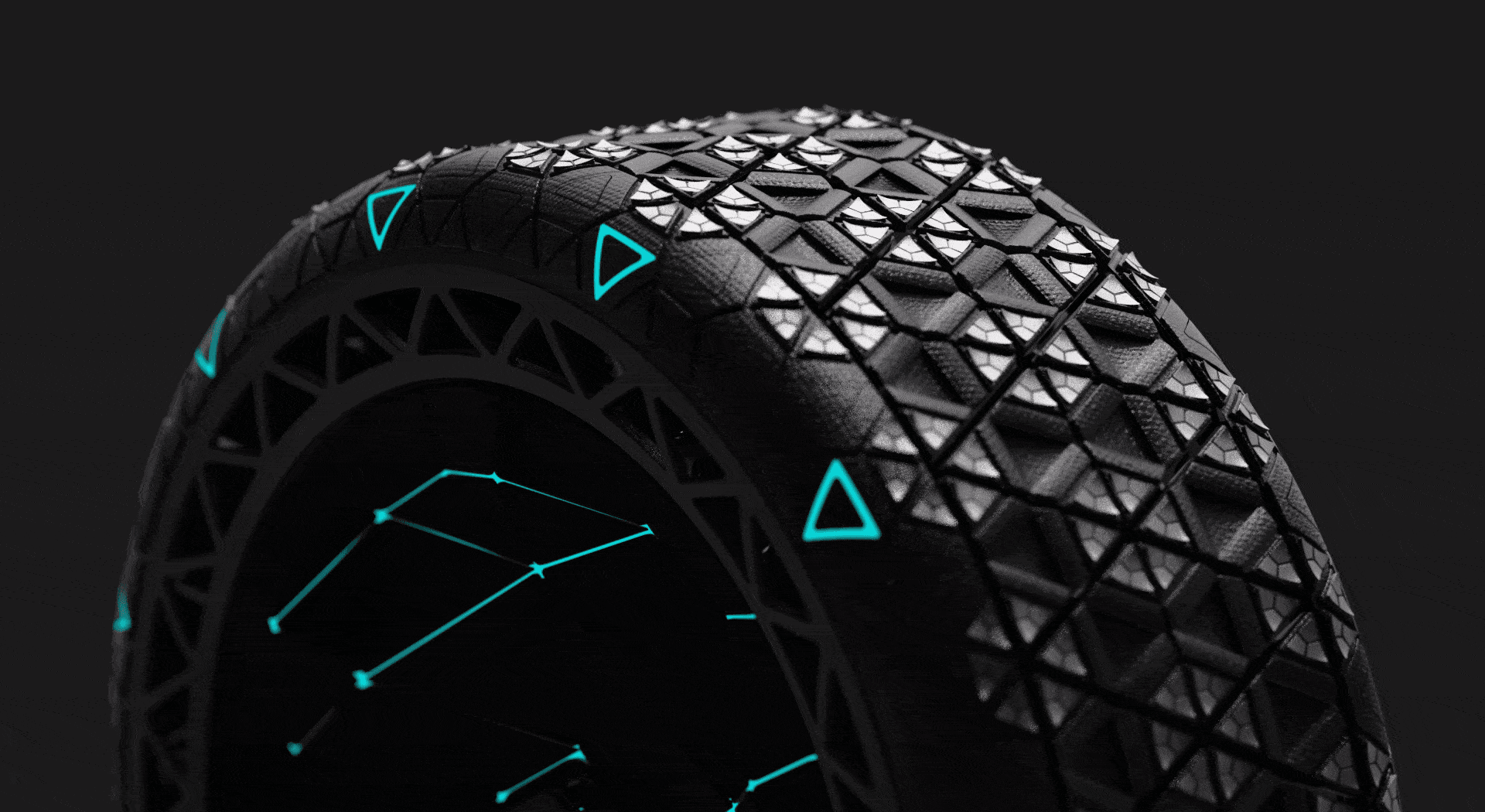
The concept winter smart tire adapts to road conditions thanks to the embedded sensors. When slippery black ice or icy conditions are detected, the spikes are engaged for better grip without the riders needing to worry about anything. The design motivation for the tire’s shape comes from the snowflake crystals, and it’s not a mere penned concept. There are a number of deformation cylinders (shaped like crystals) on the surface of the tire giving way to the traditional air-injected mechanism of a normal tire.
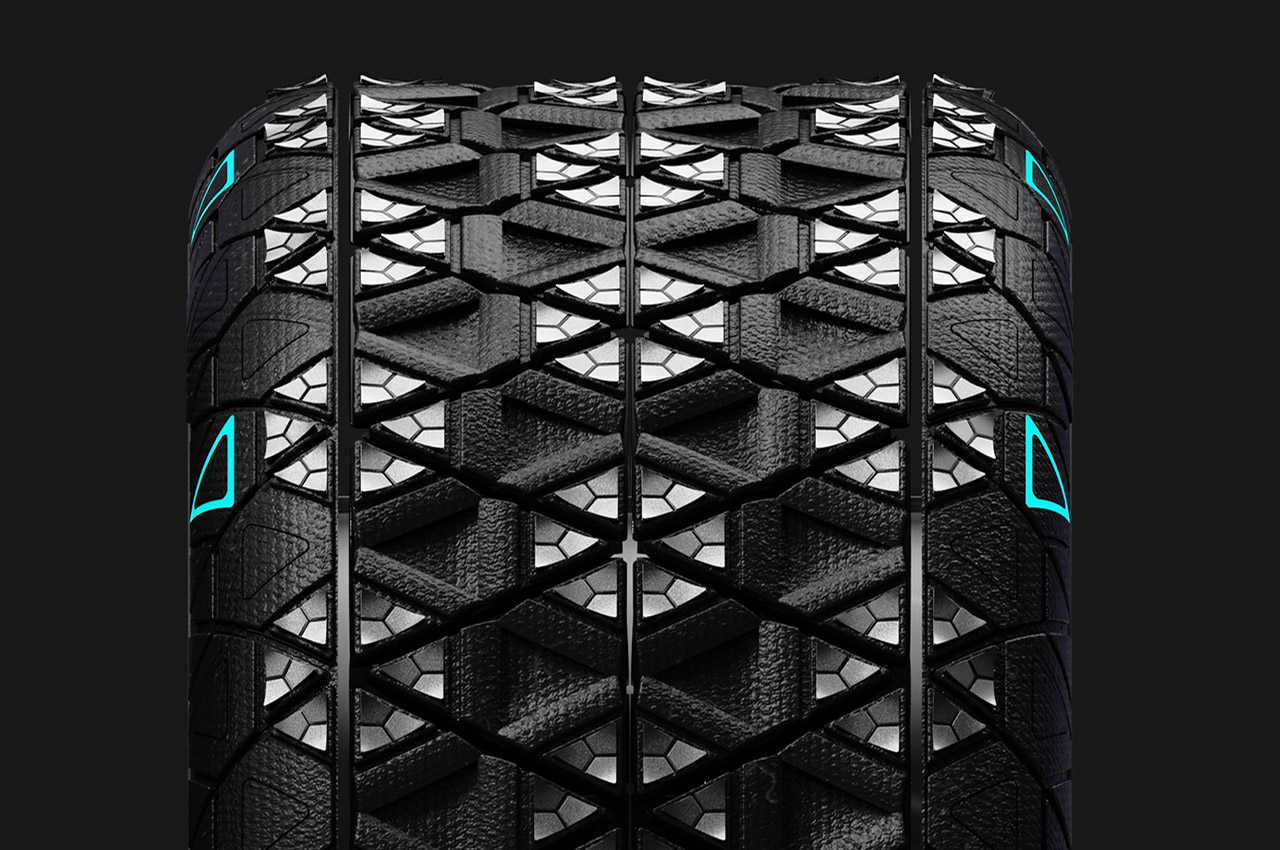
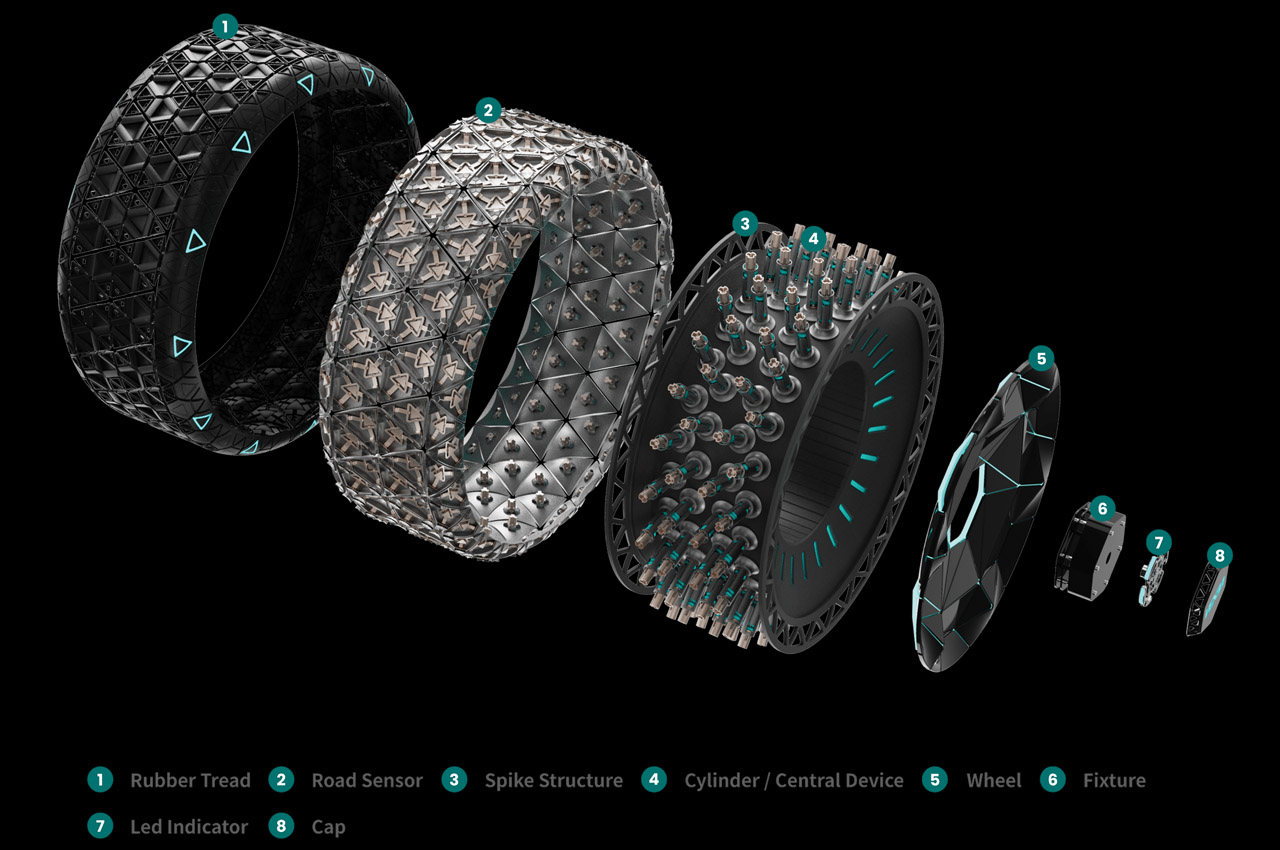
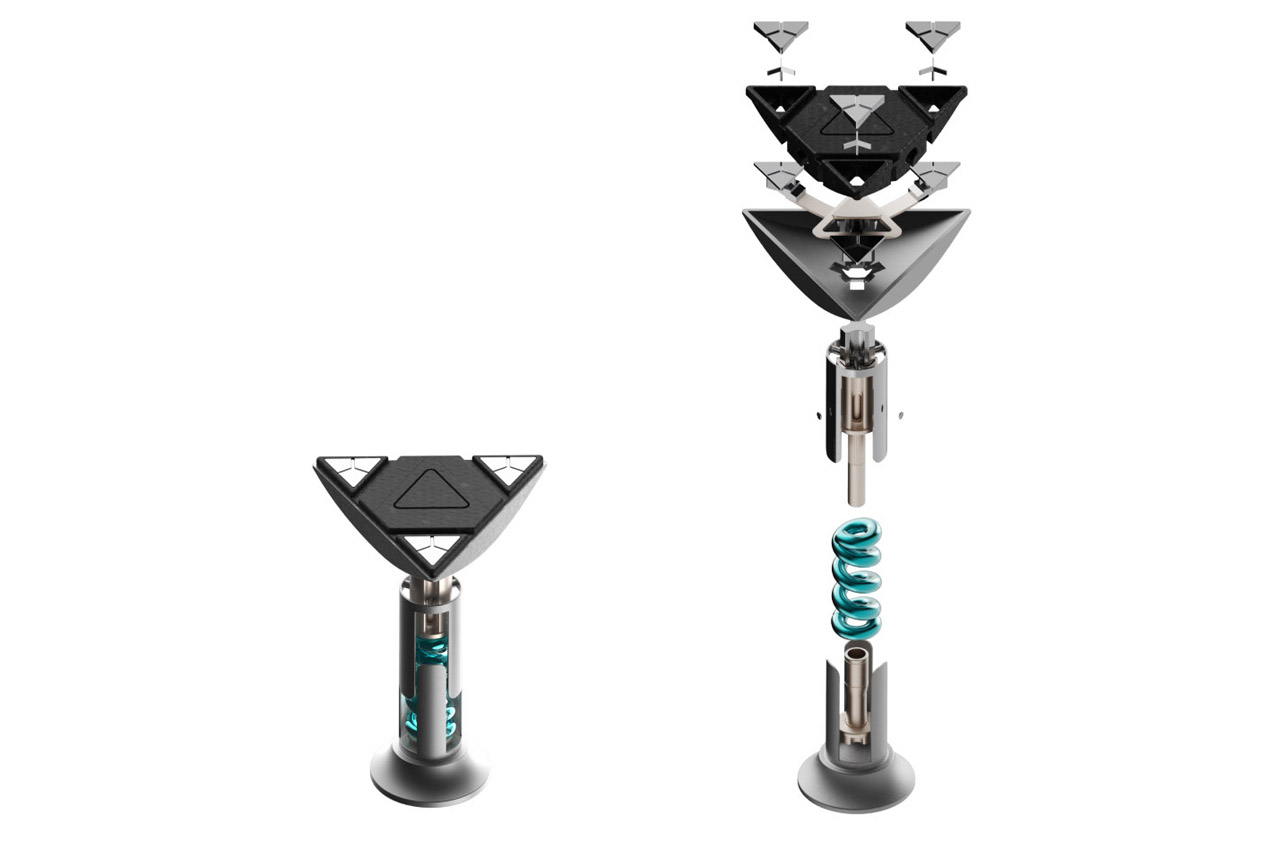
Top of these little cylinders house the spikes and the rubber tread – with the spike controlling mechanism built into the casing to set into action, as soon as traces of icy conditions are detected. The bottom section of these cylinders has shock absorbers to absorb the impact of uneven road surfaces. The winter-optimized CONQUEROR tire is a very useful innovation that’s all set to hit the tarmac to prevent all the road chaos, and most importantly fatalities.
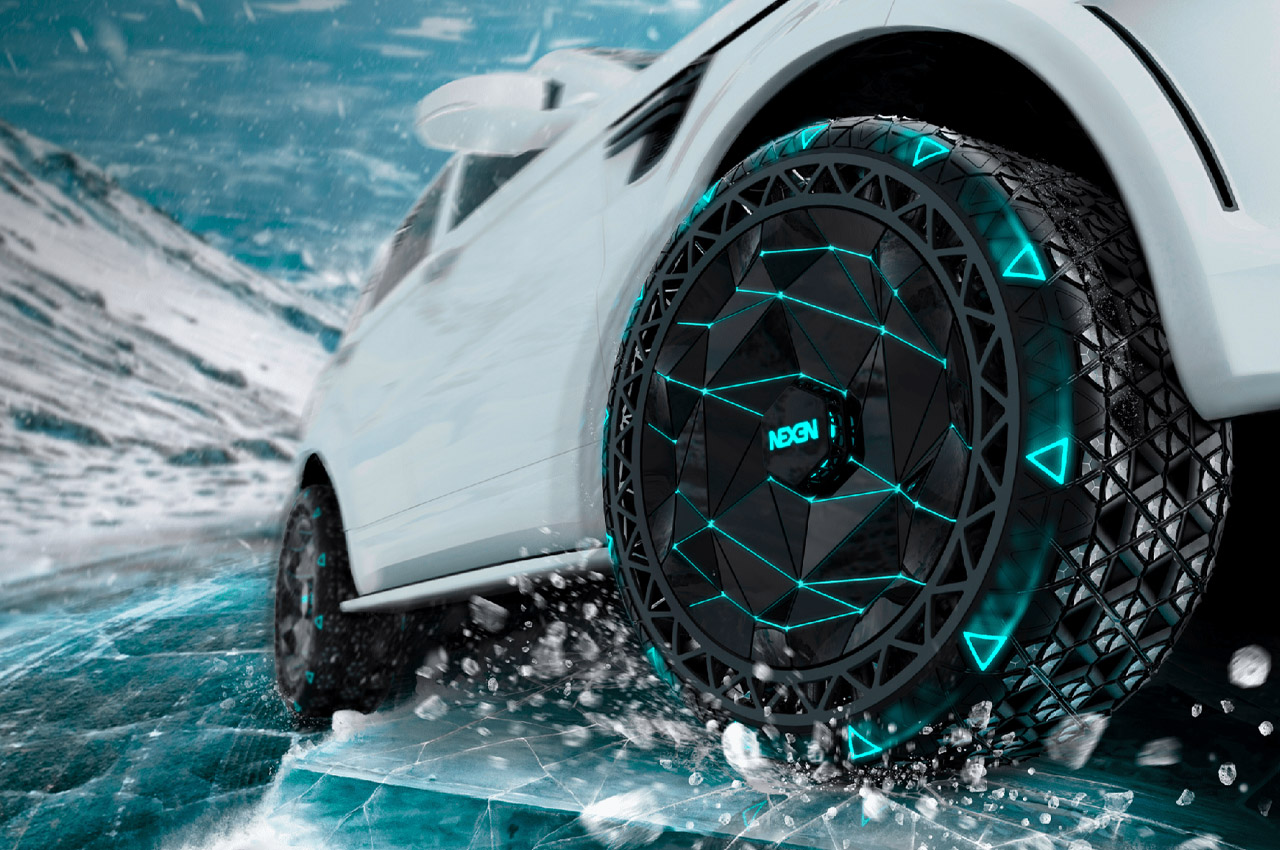
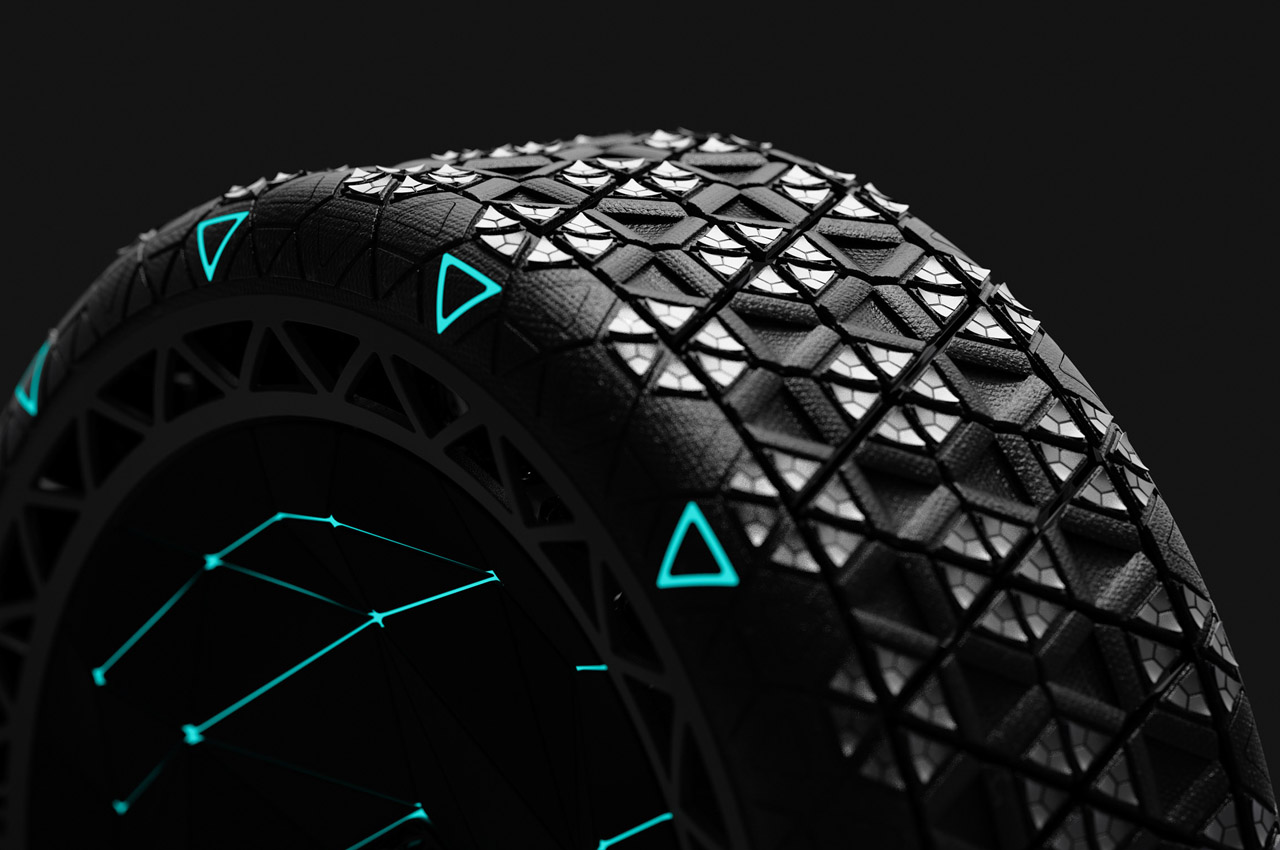
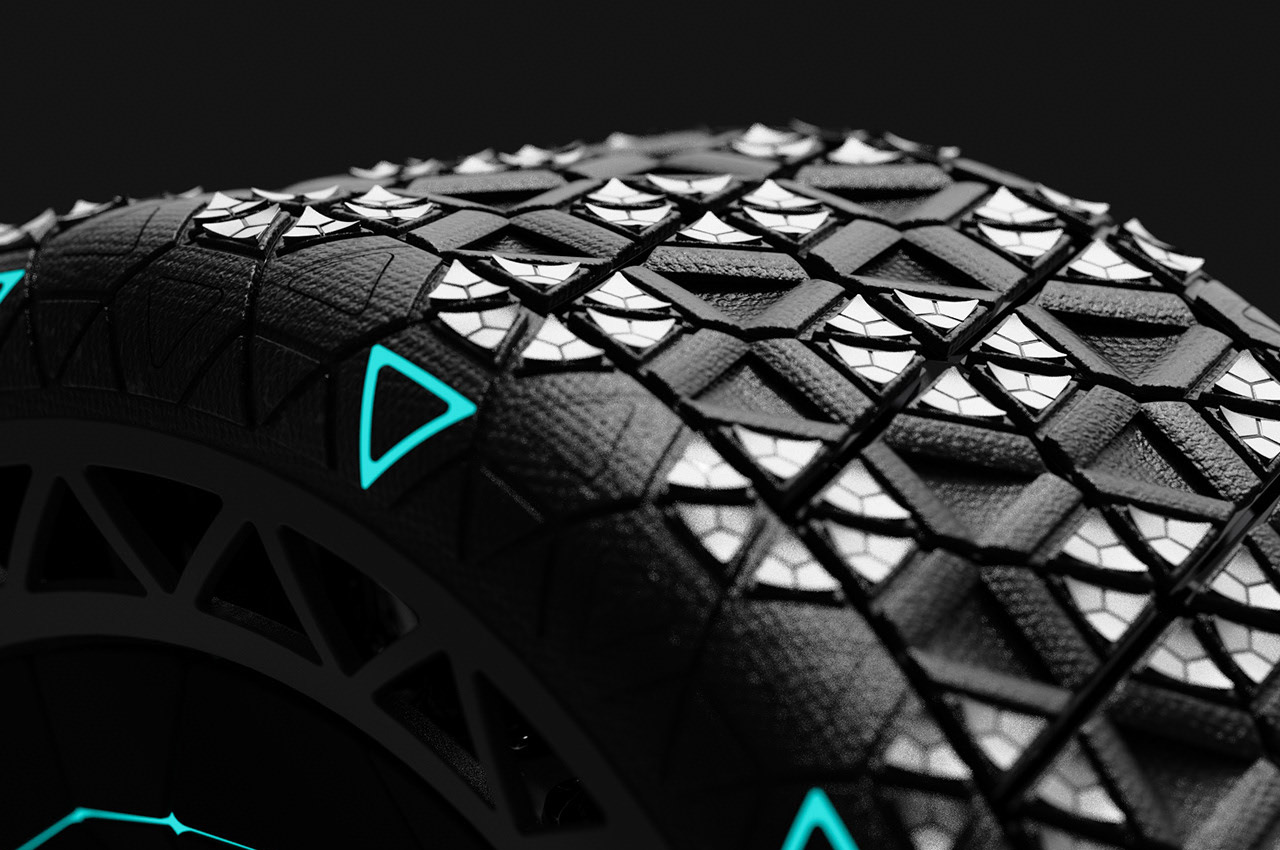
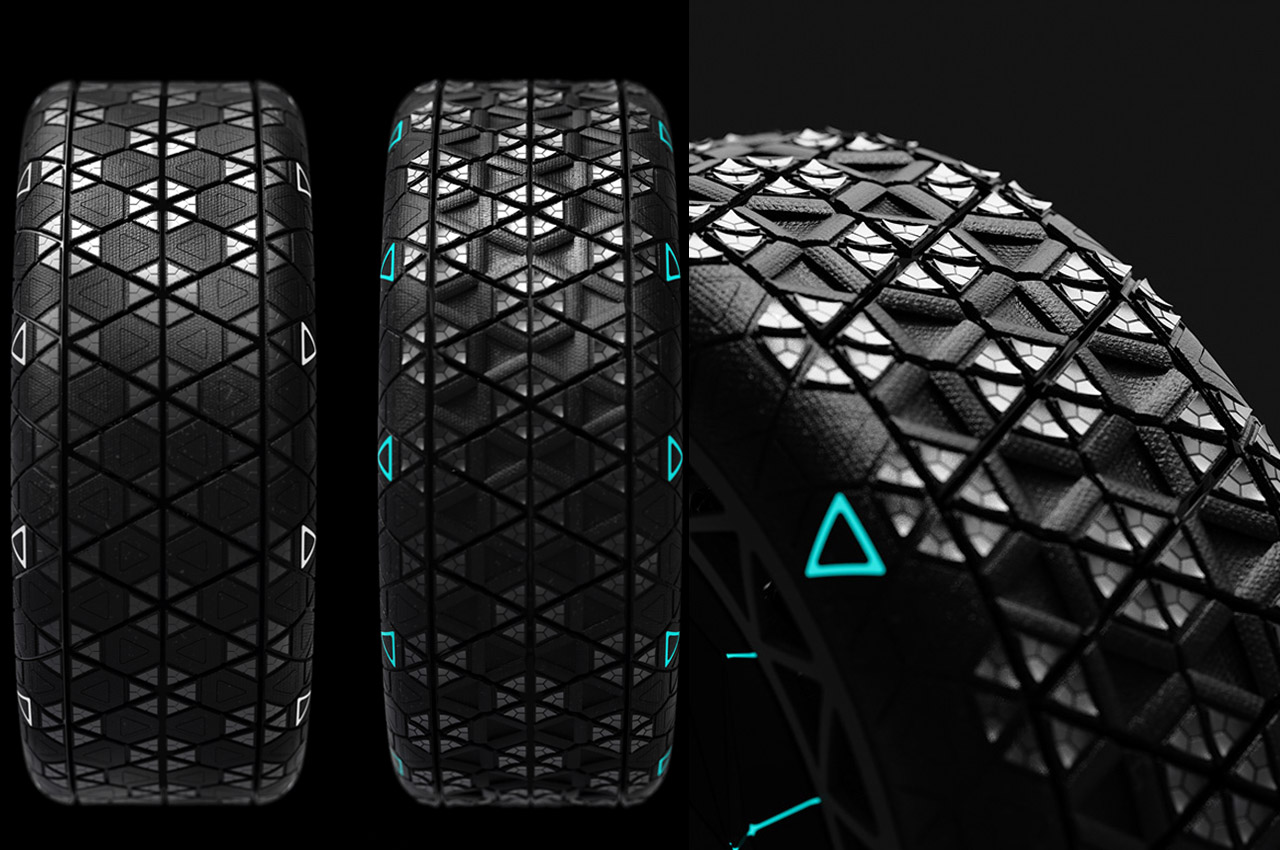
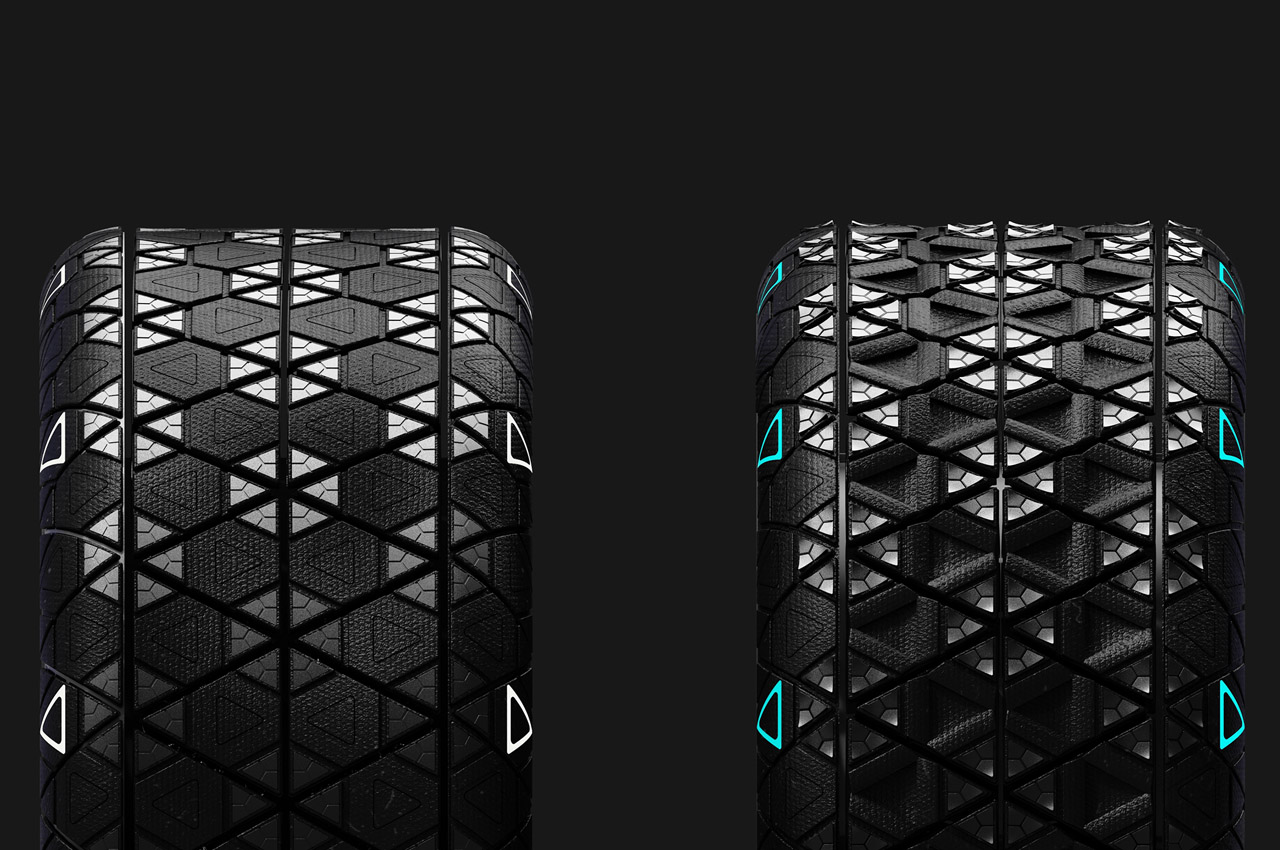
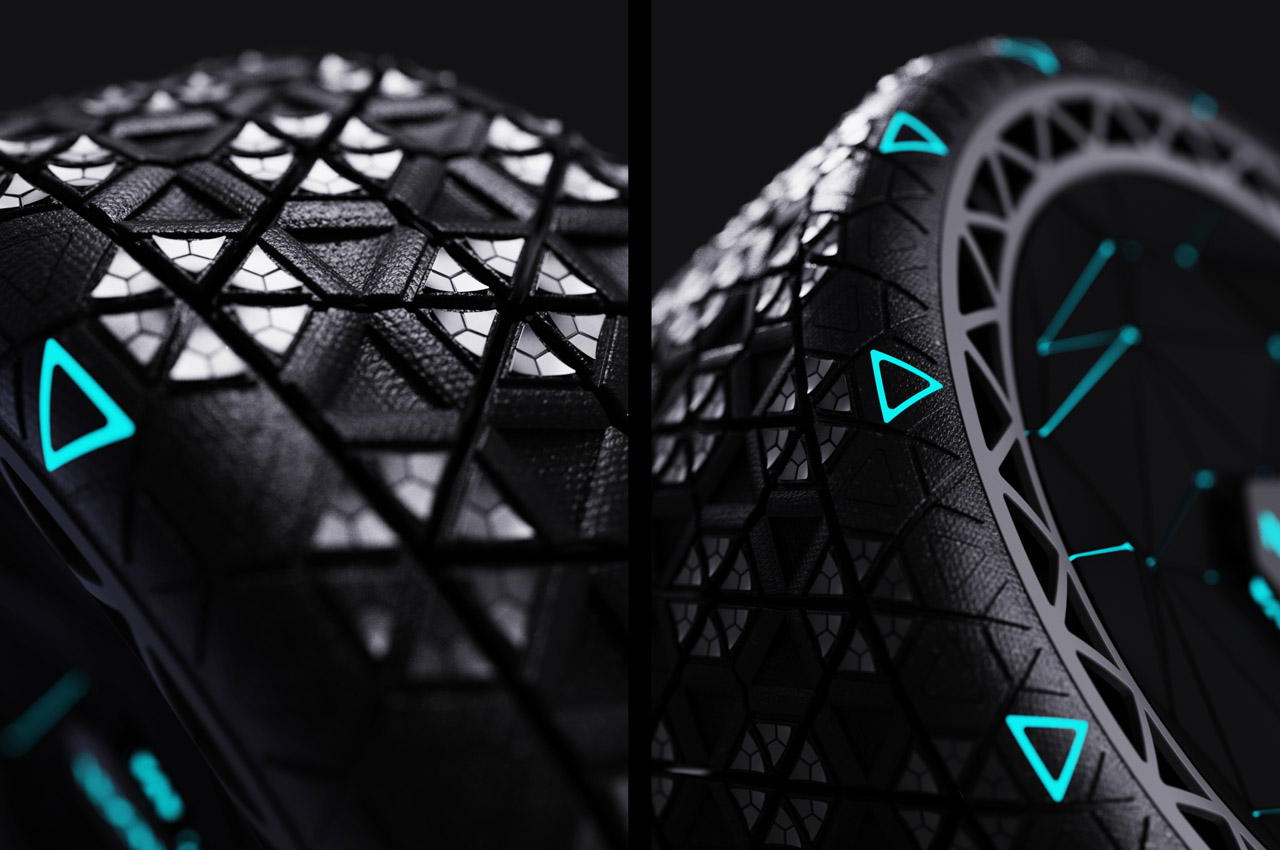
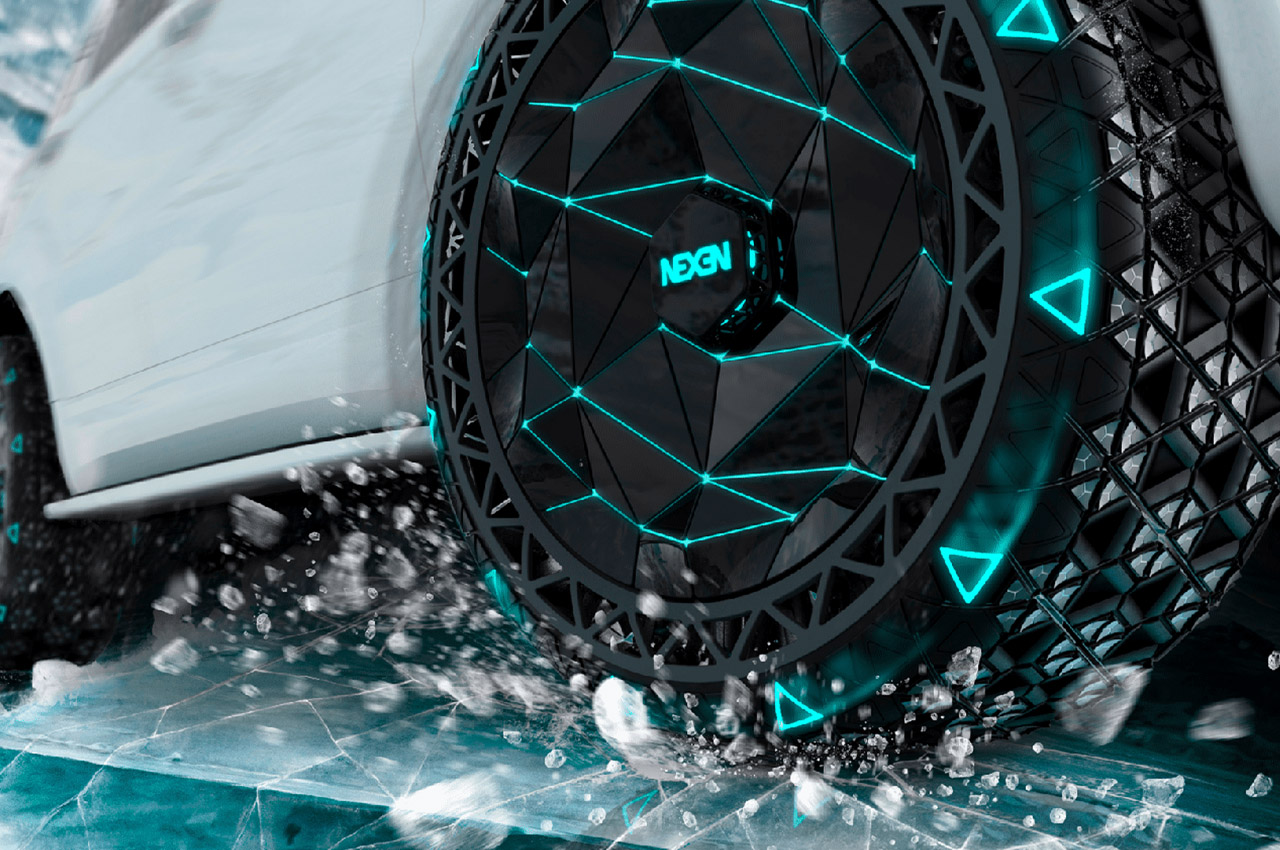
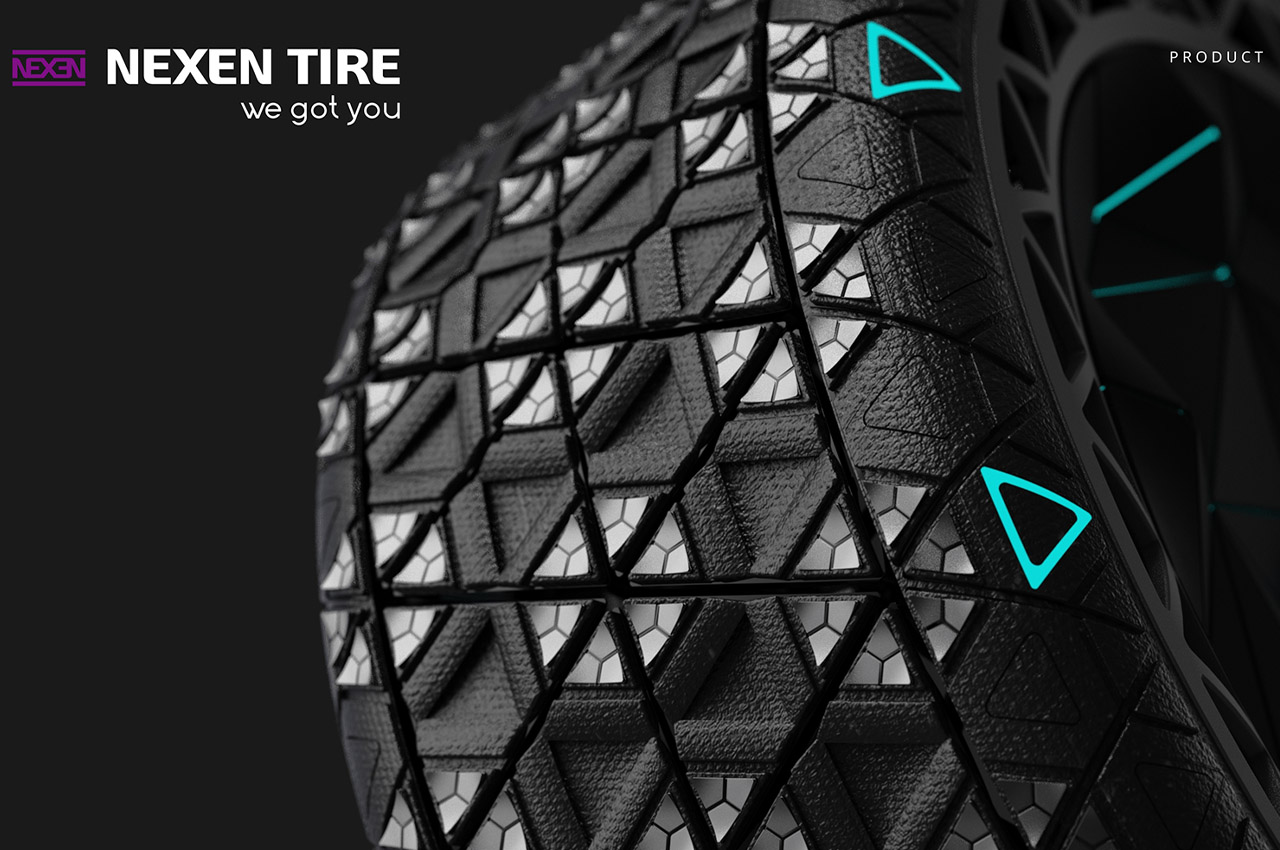
The post Transformable smart tire with concealed spikes is tailored for safe, all-season driving first appeared on Yanko Design.
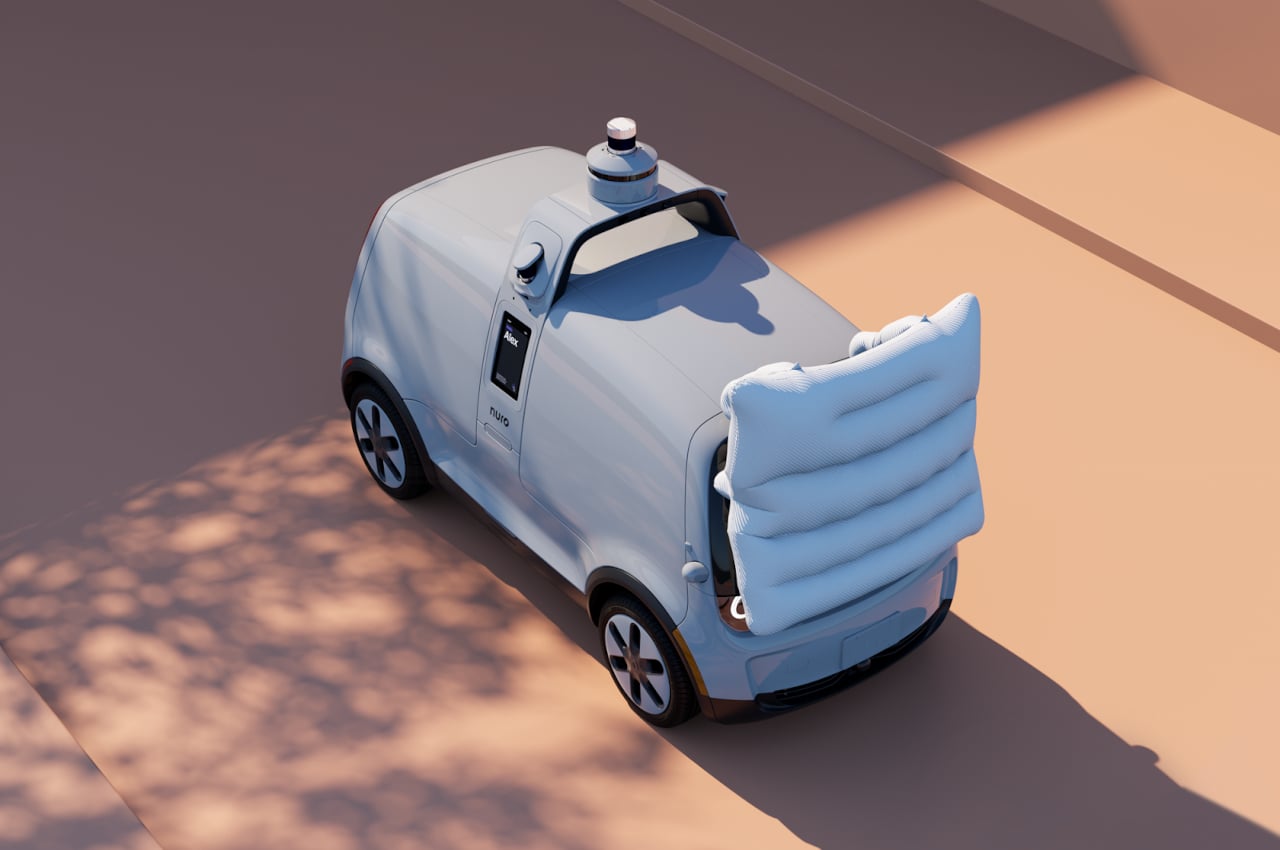
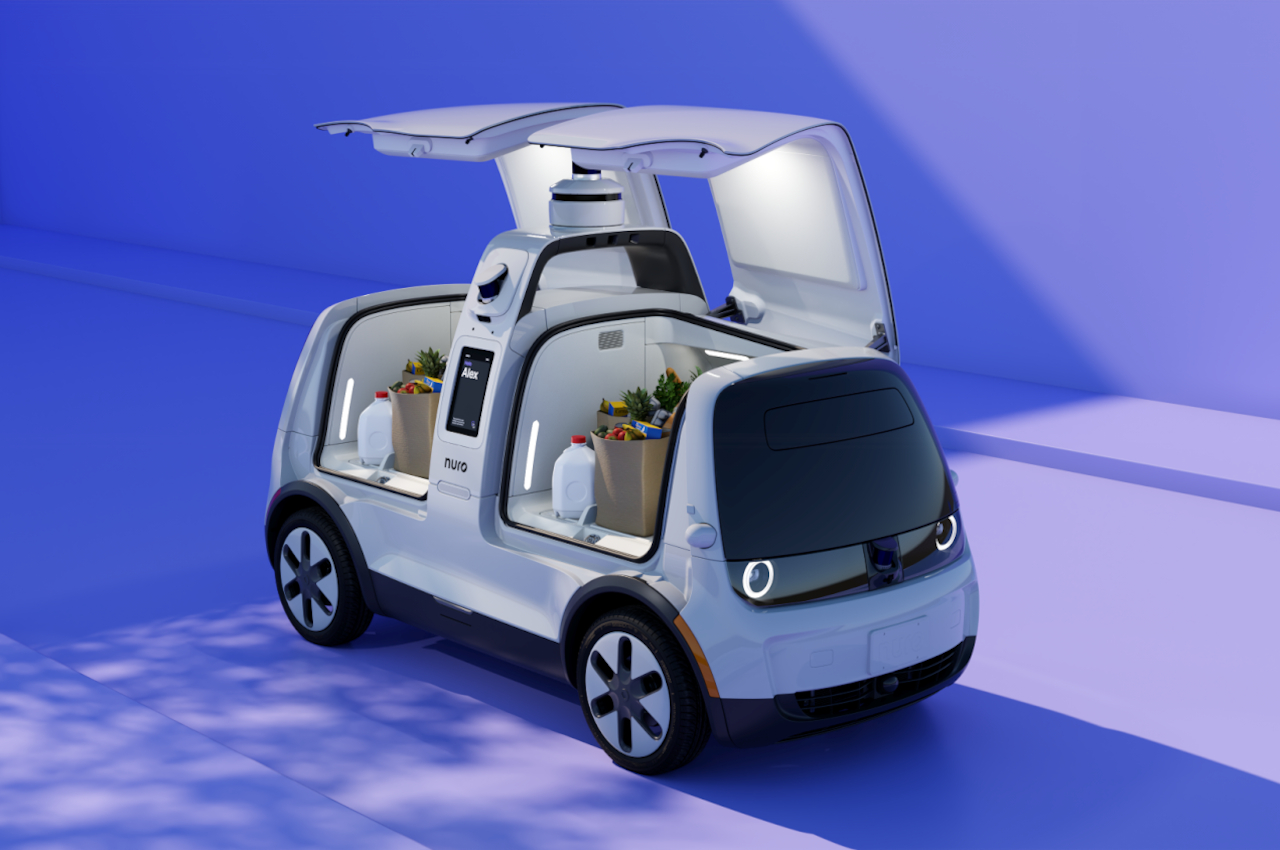
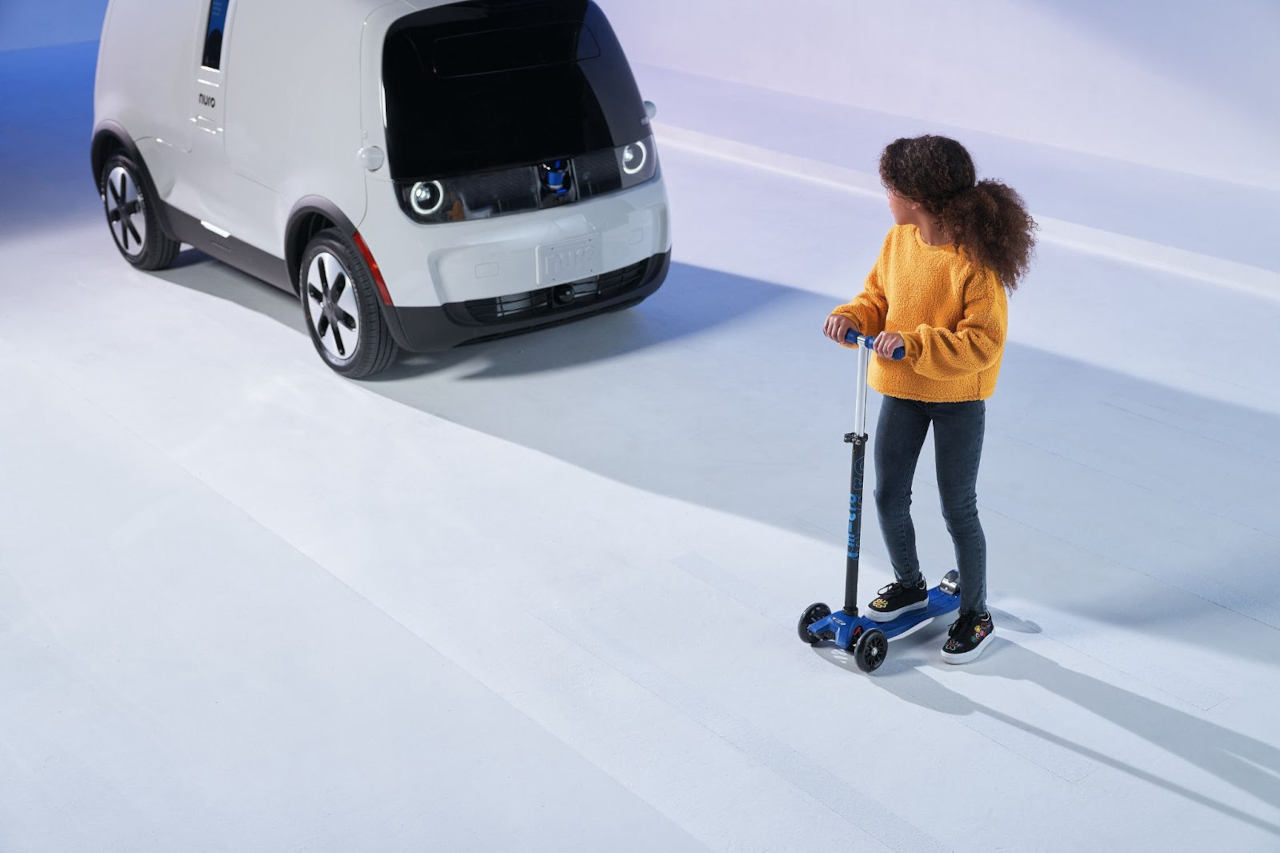
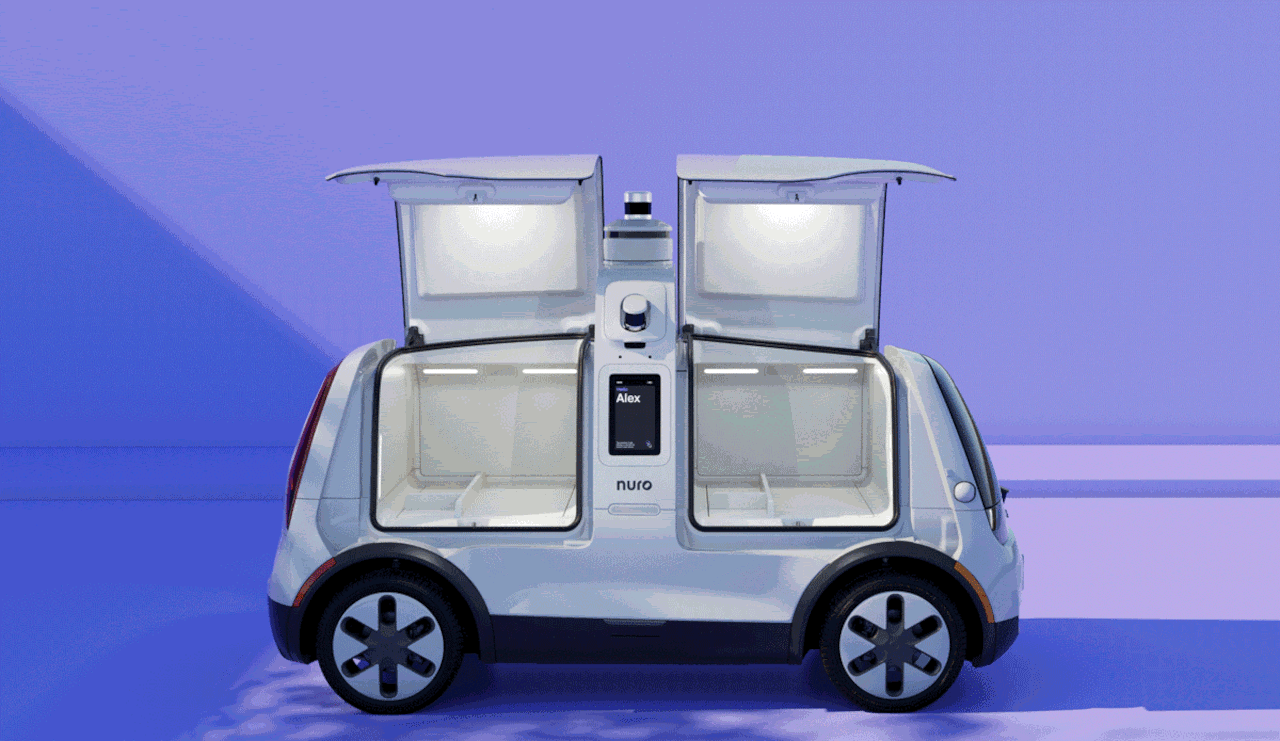
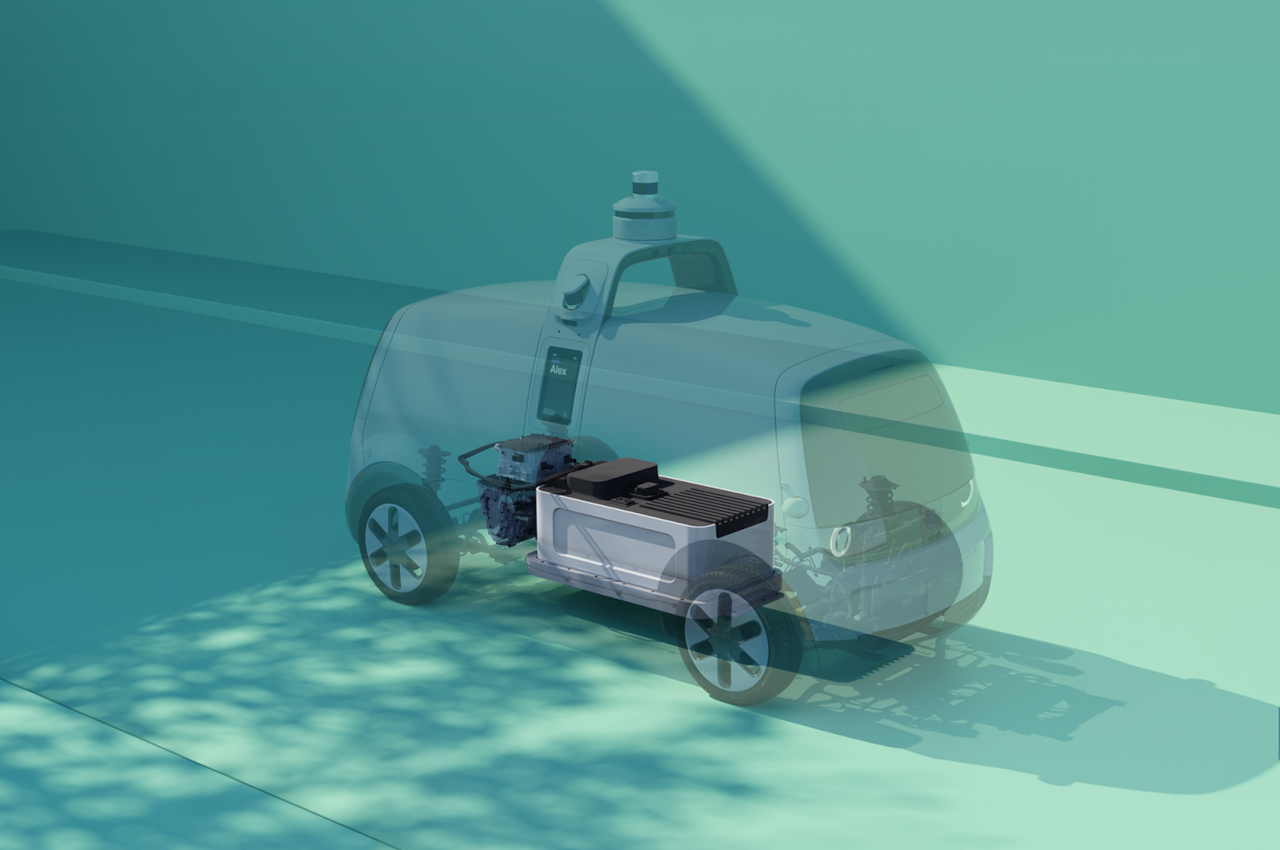
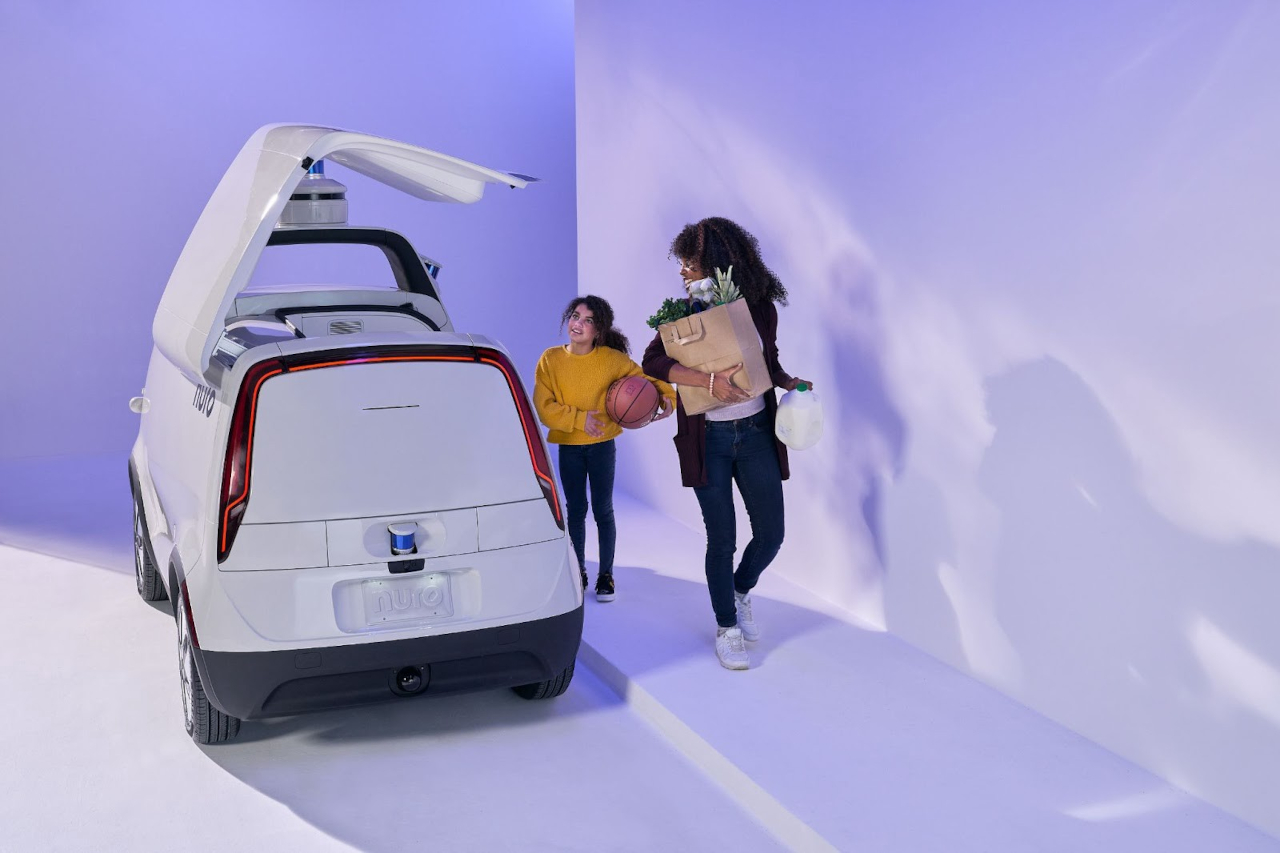
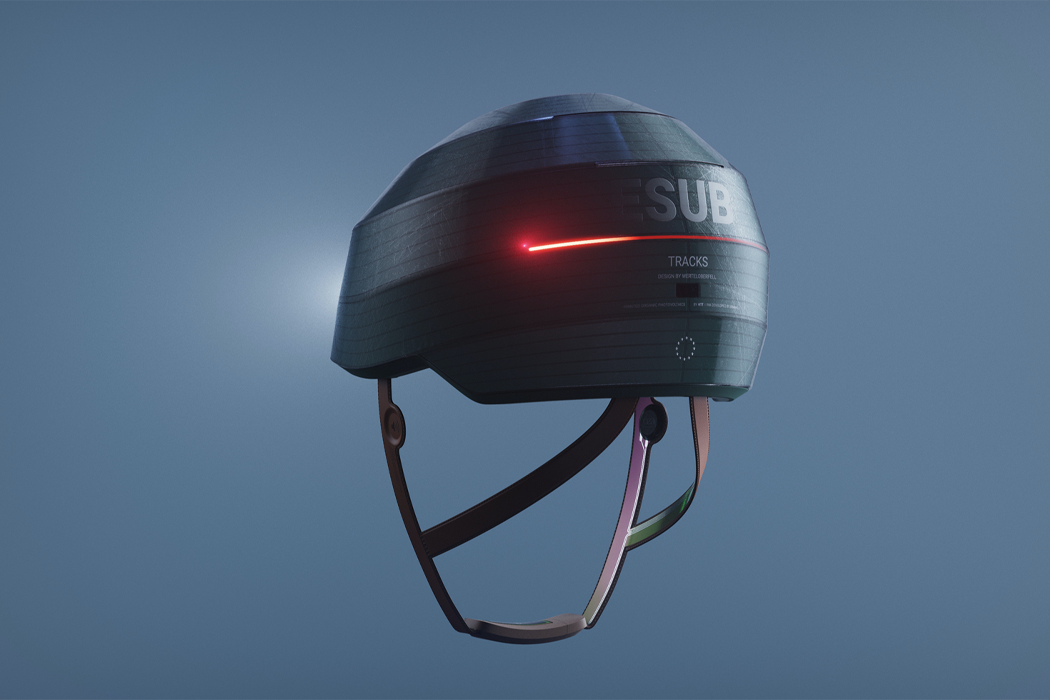
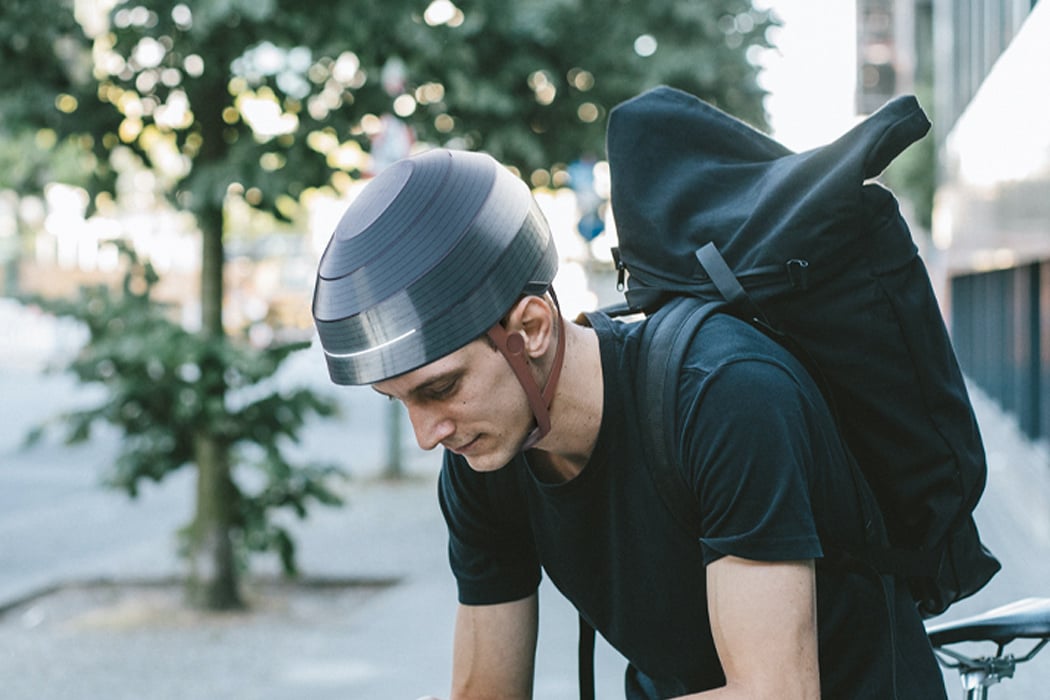
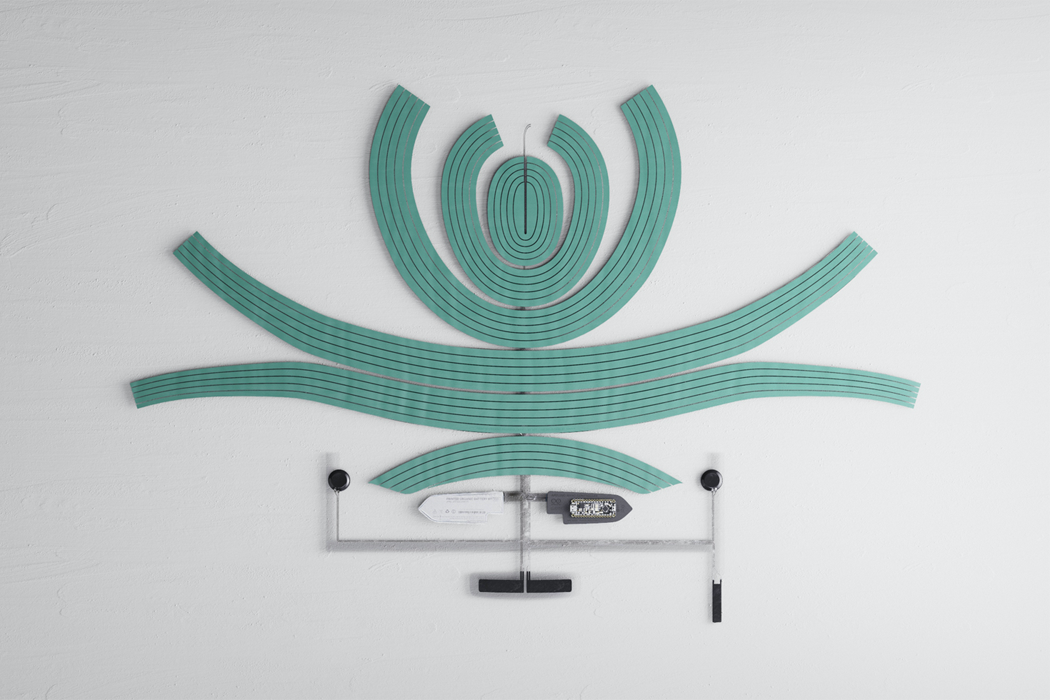
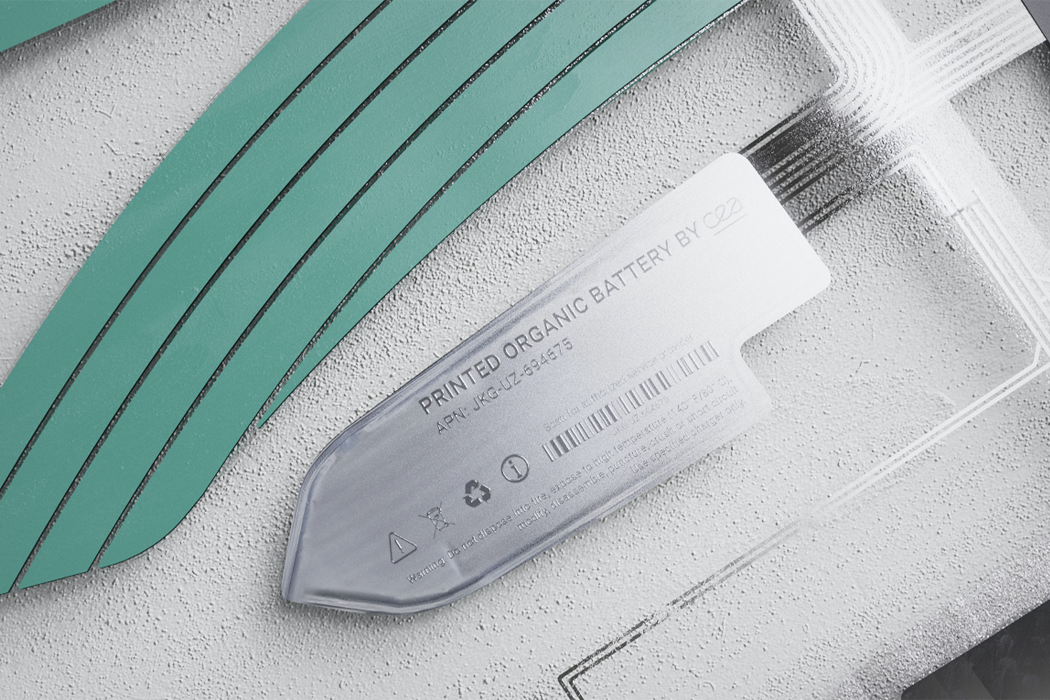

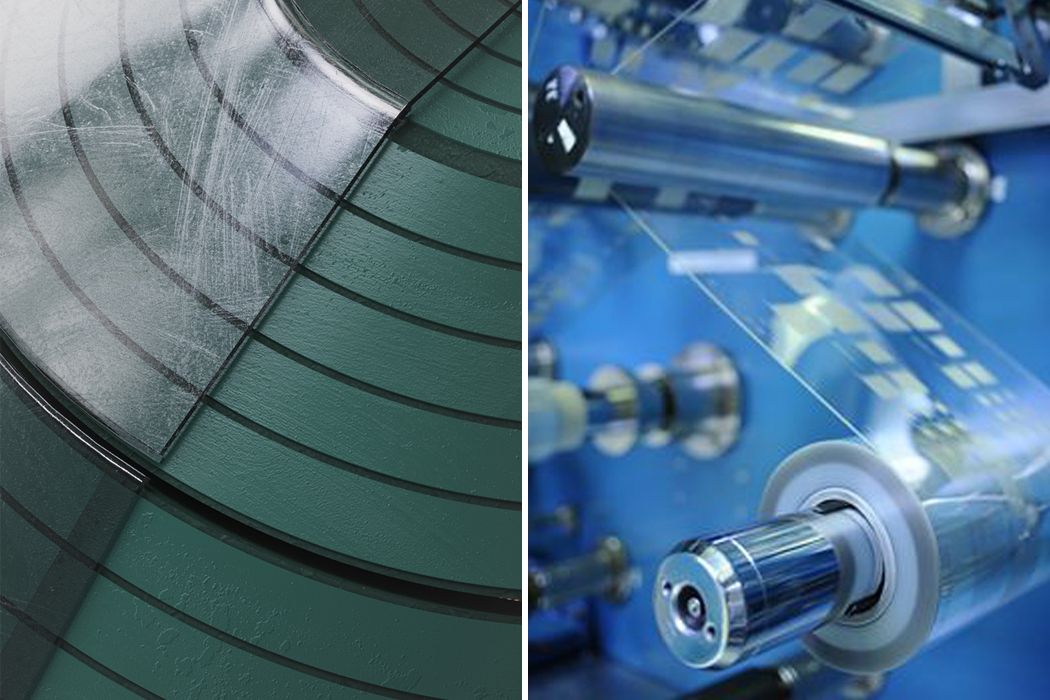
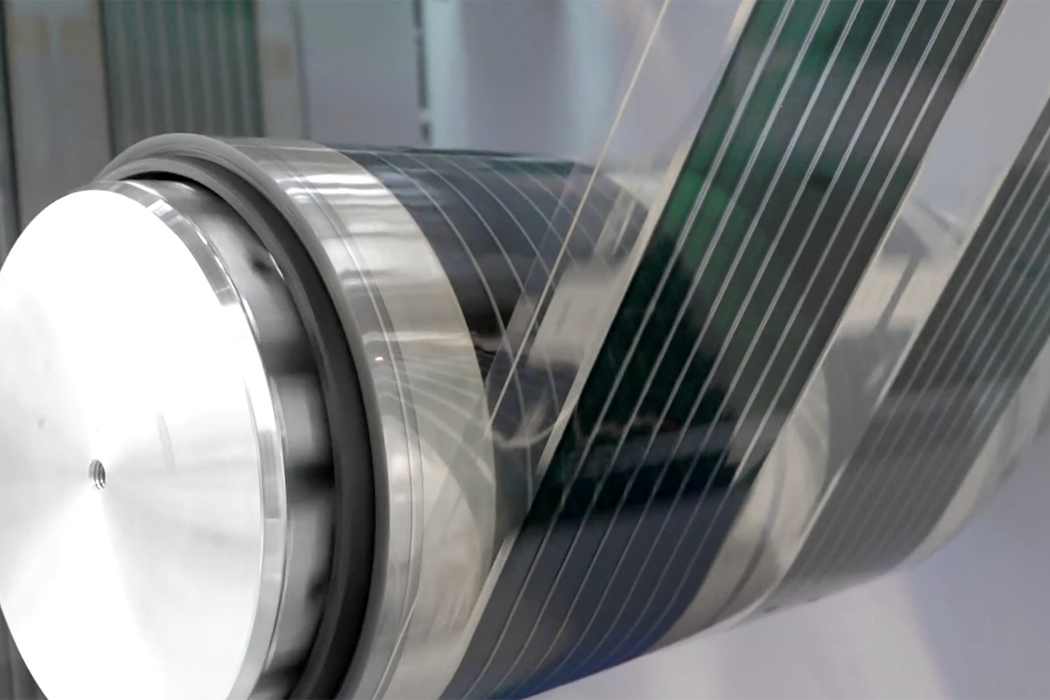
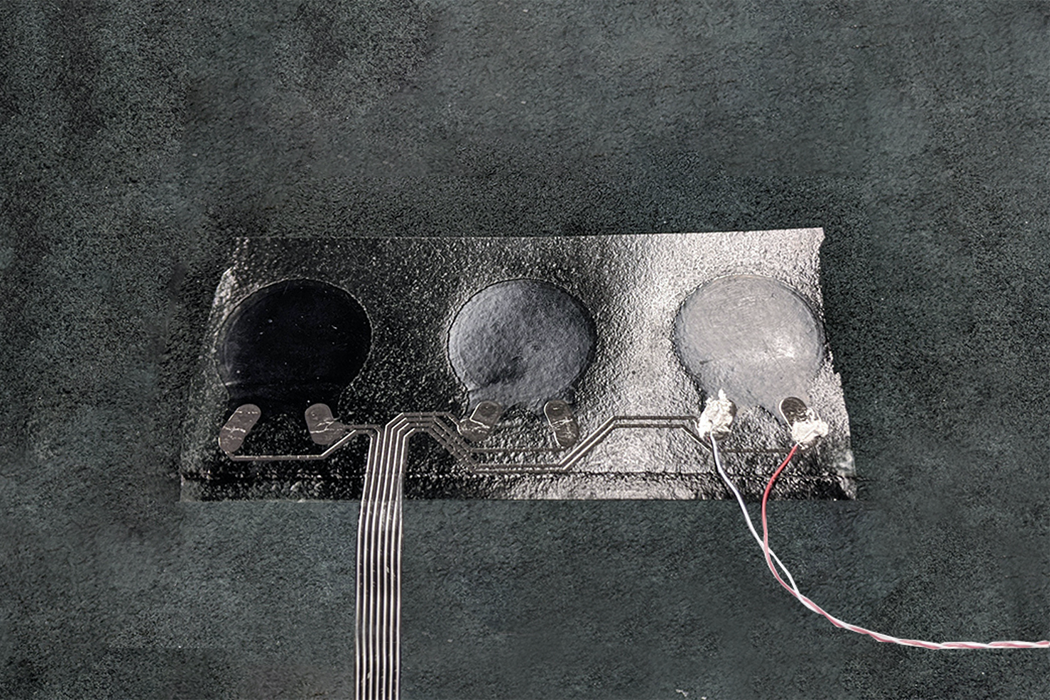
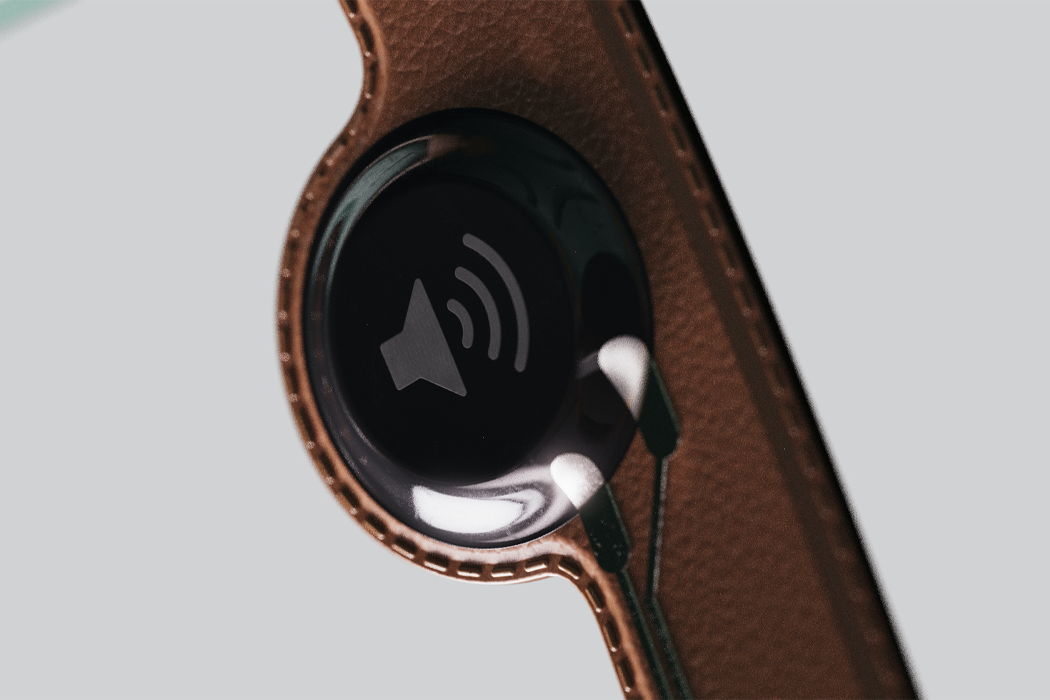

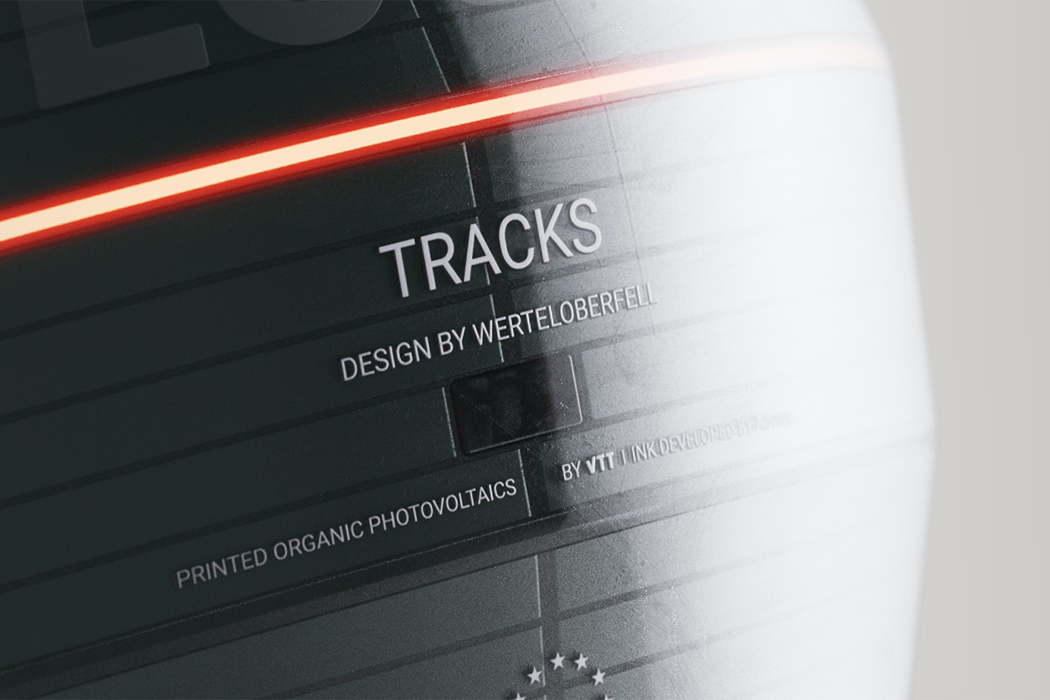
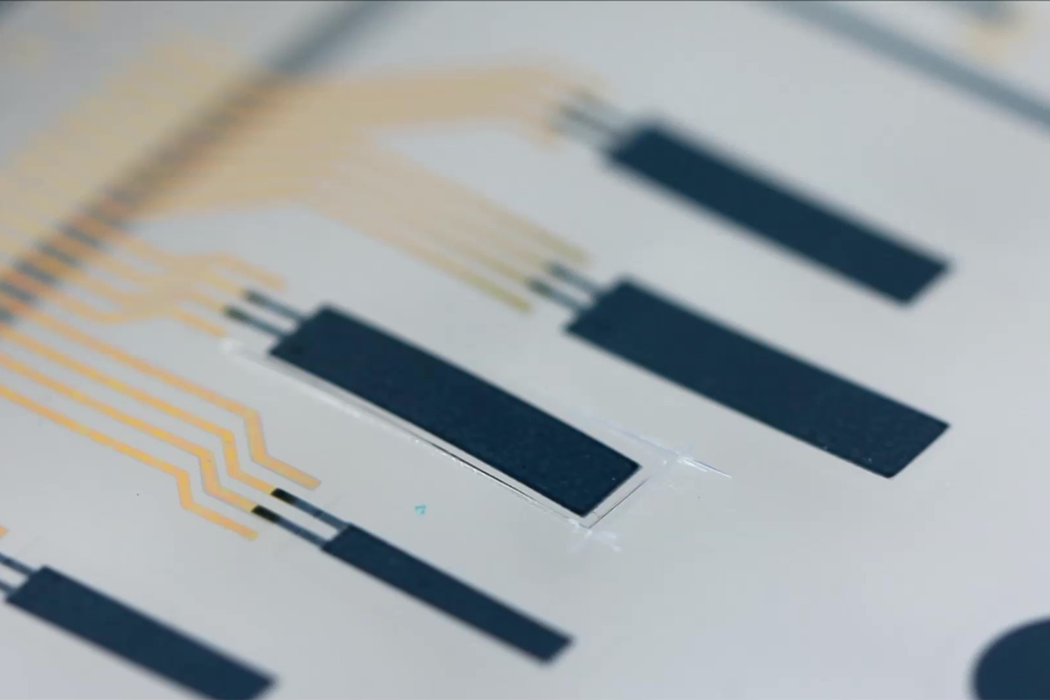
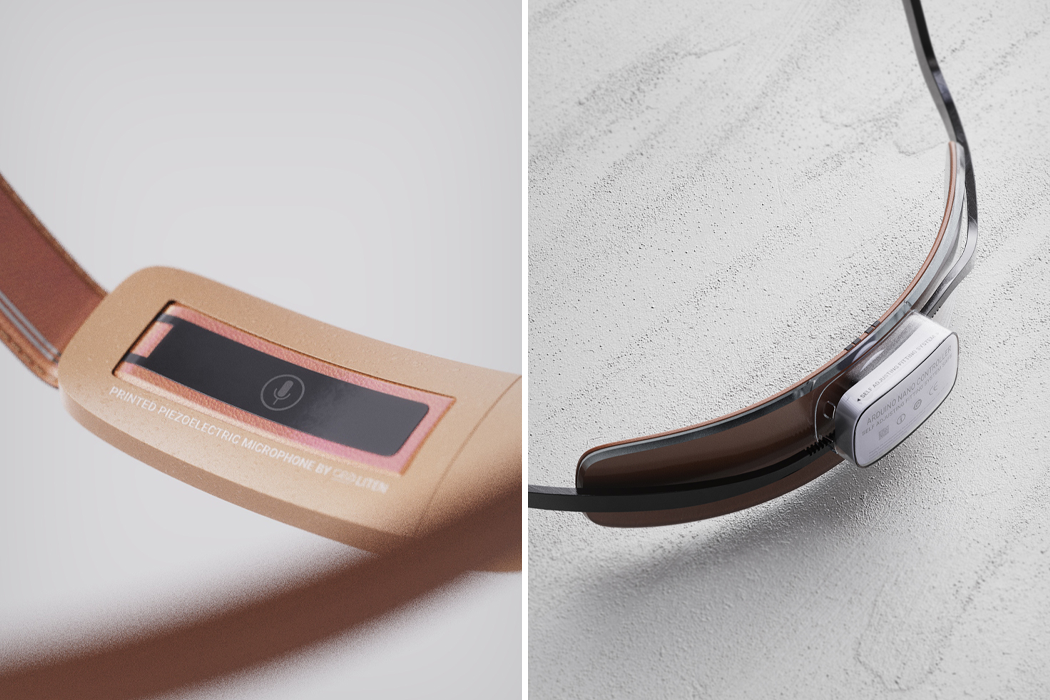
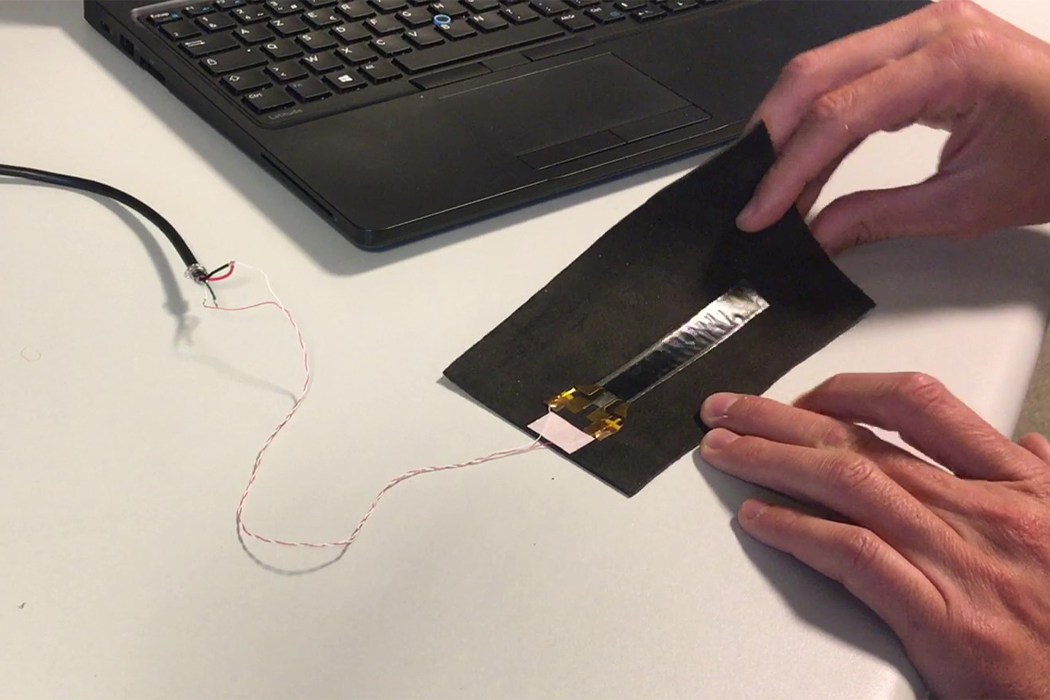
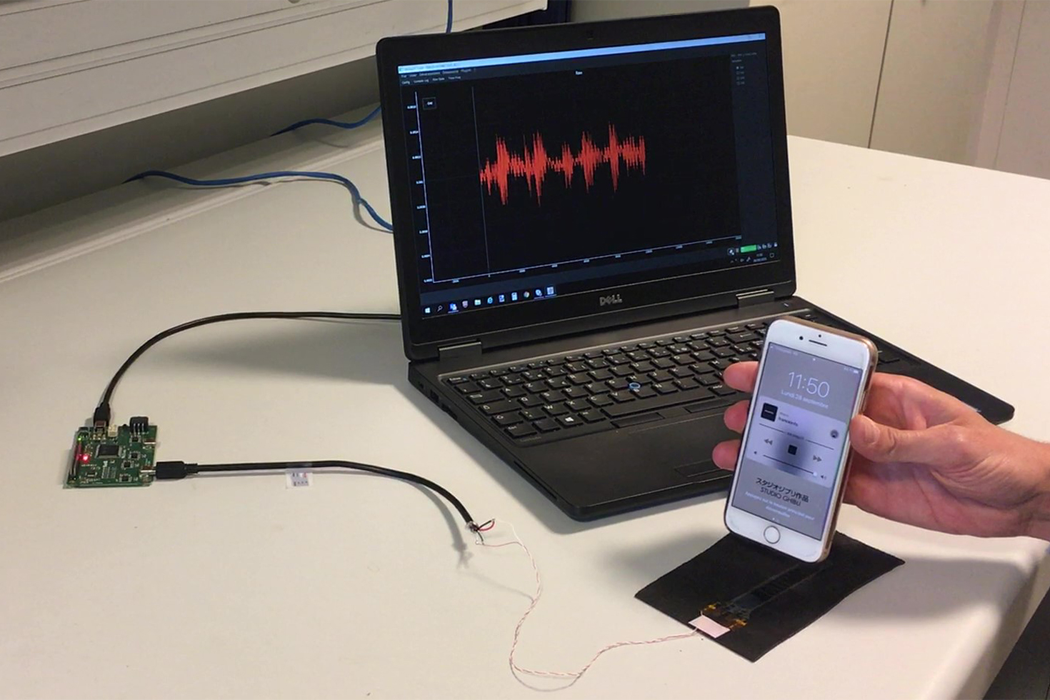
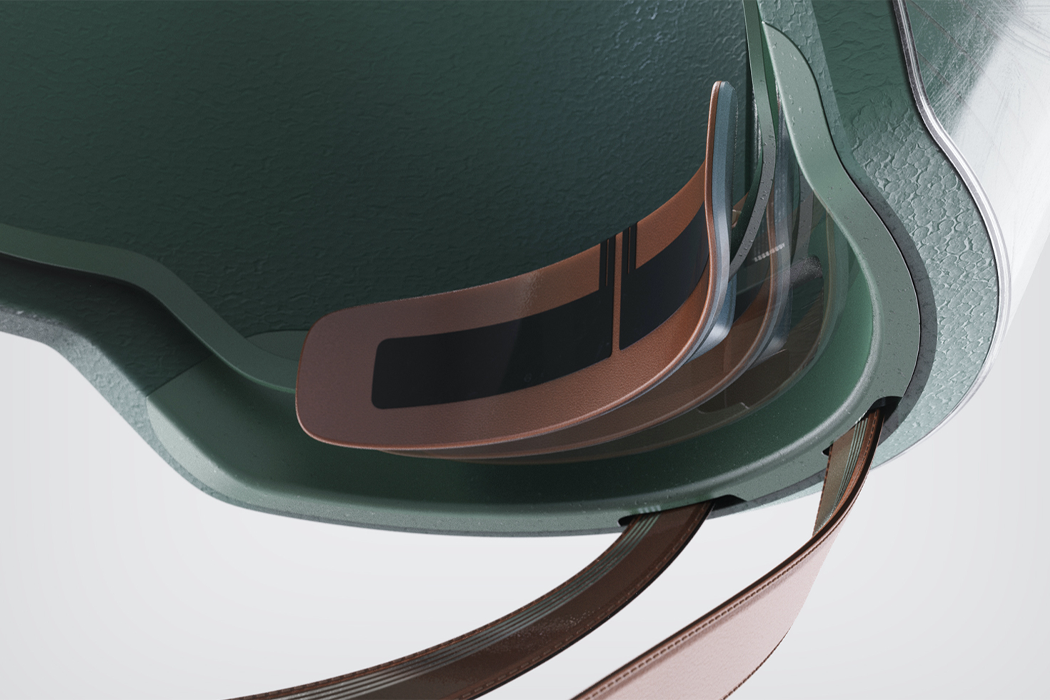
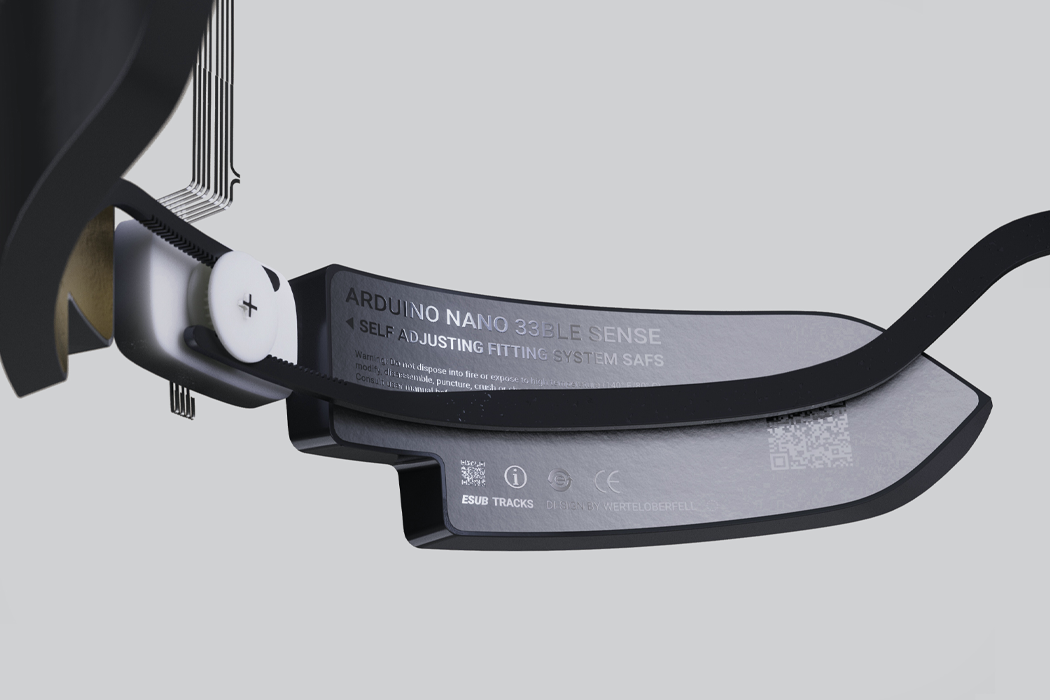
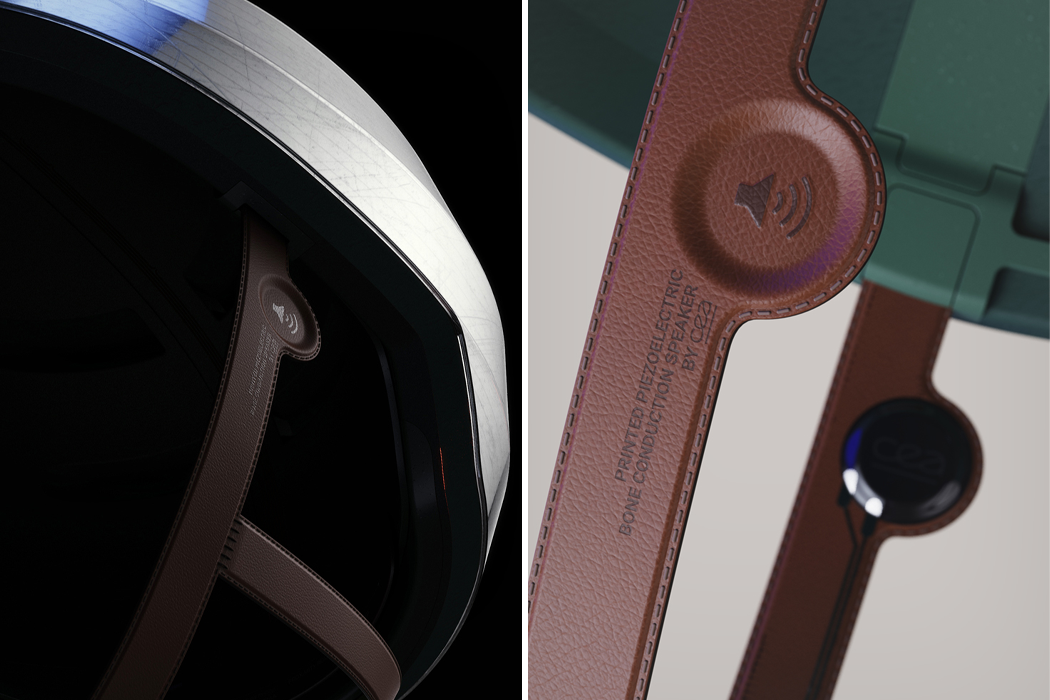
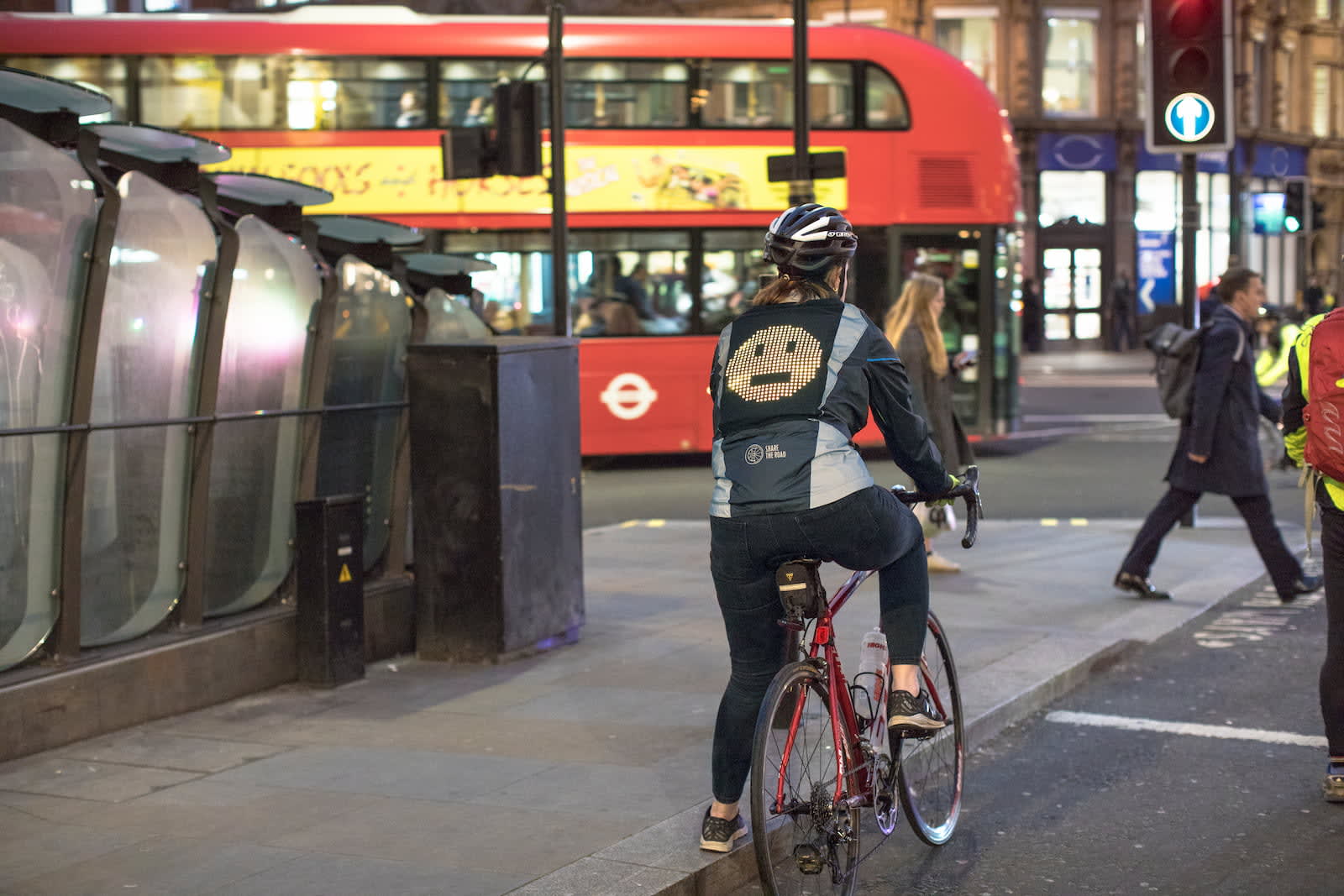 While the number of traffic accident fatalities in the US is thankfully decreasing, there were more cyclist and pedestrian deaths on the roads in 2018, the most recent year for which NHTSA data is available. There were 51 more cyclist deaths that yea...
While the number of traffic accident fatalities in the US is thankfully decreasing, there were more cyclist and pedestrian deaths on the roads in 2018, the most recent year for which NHTSA data is available. There were 51 more cyclist deaths that yea...










